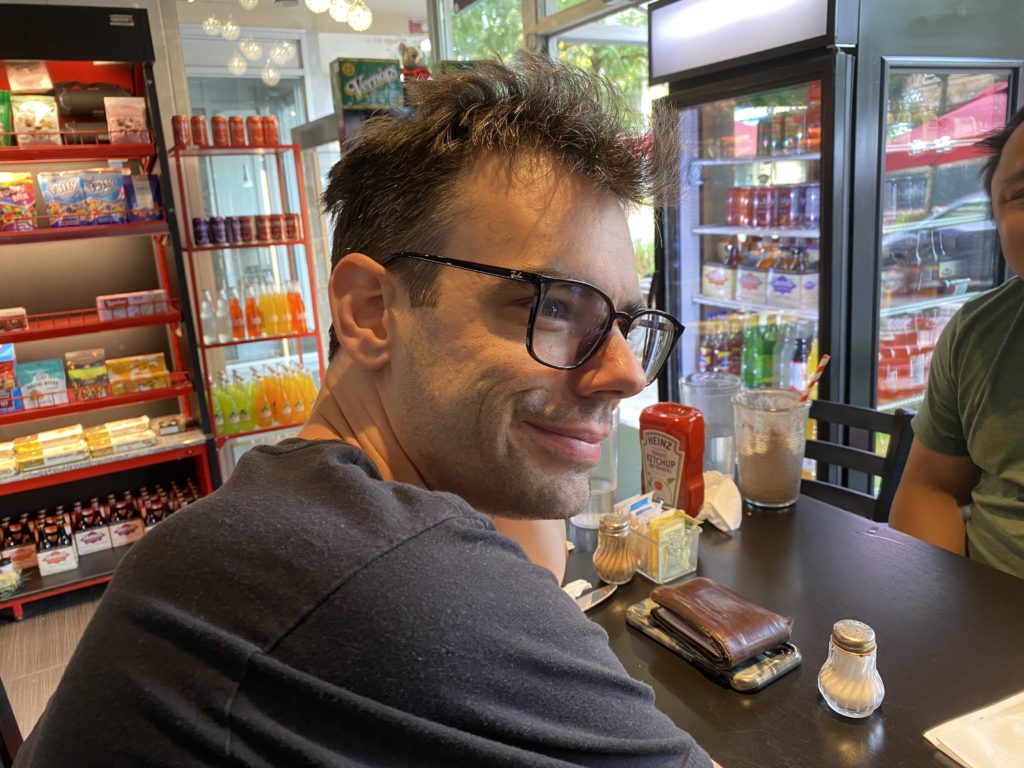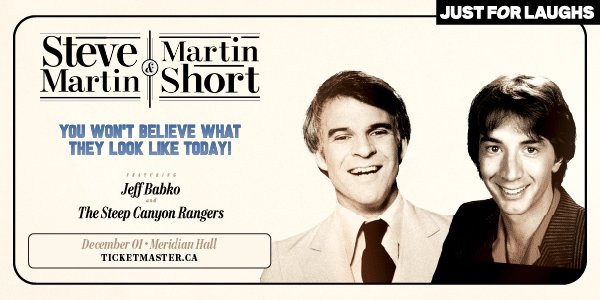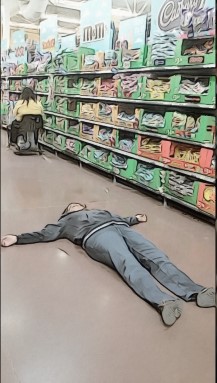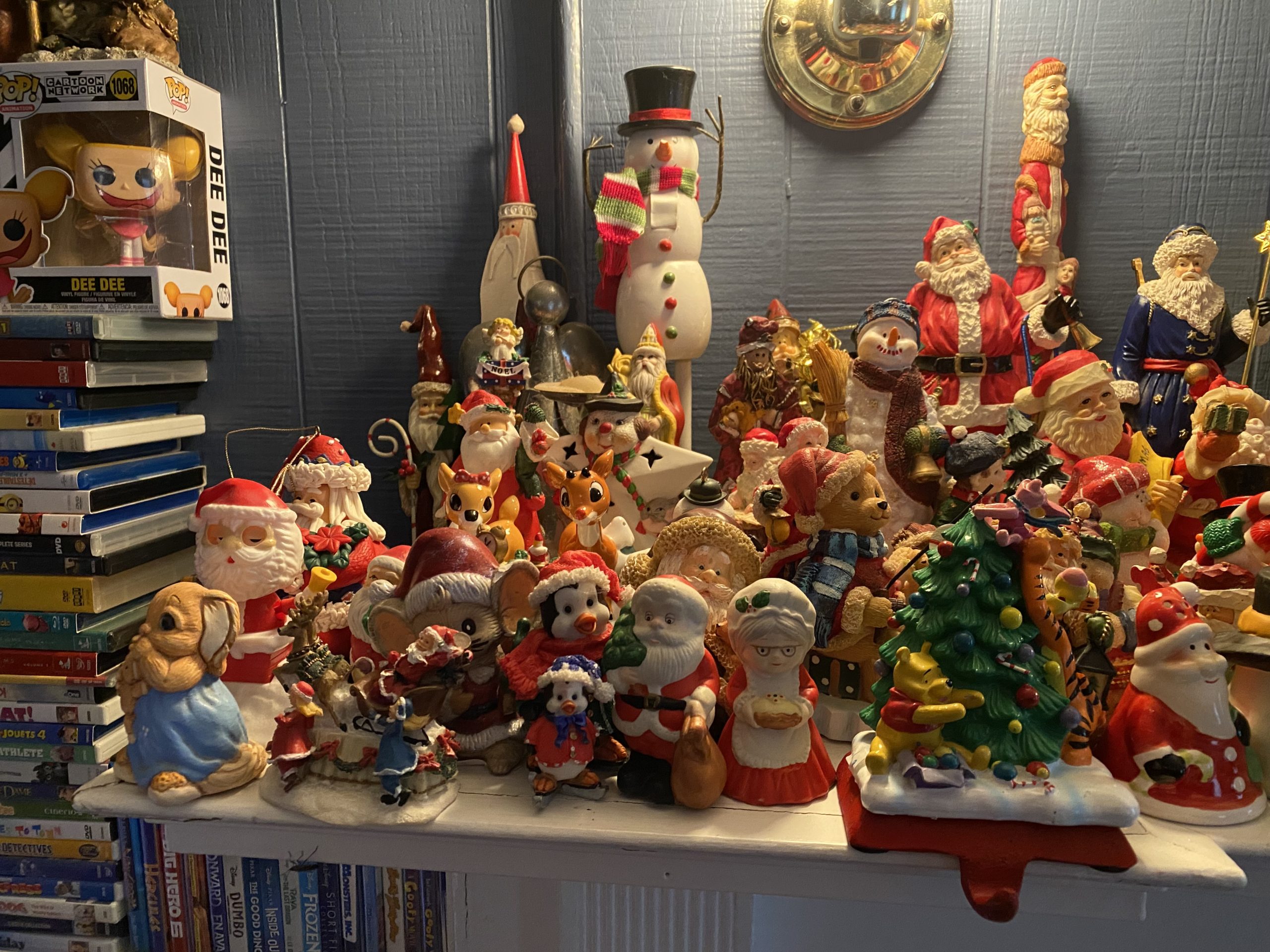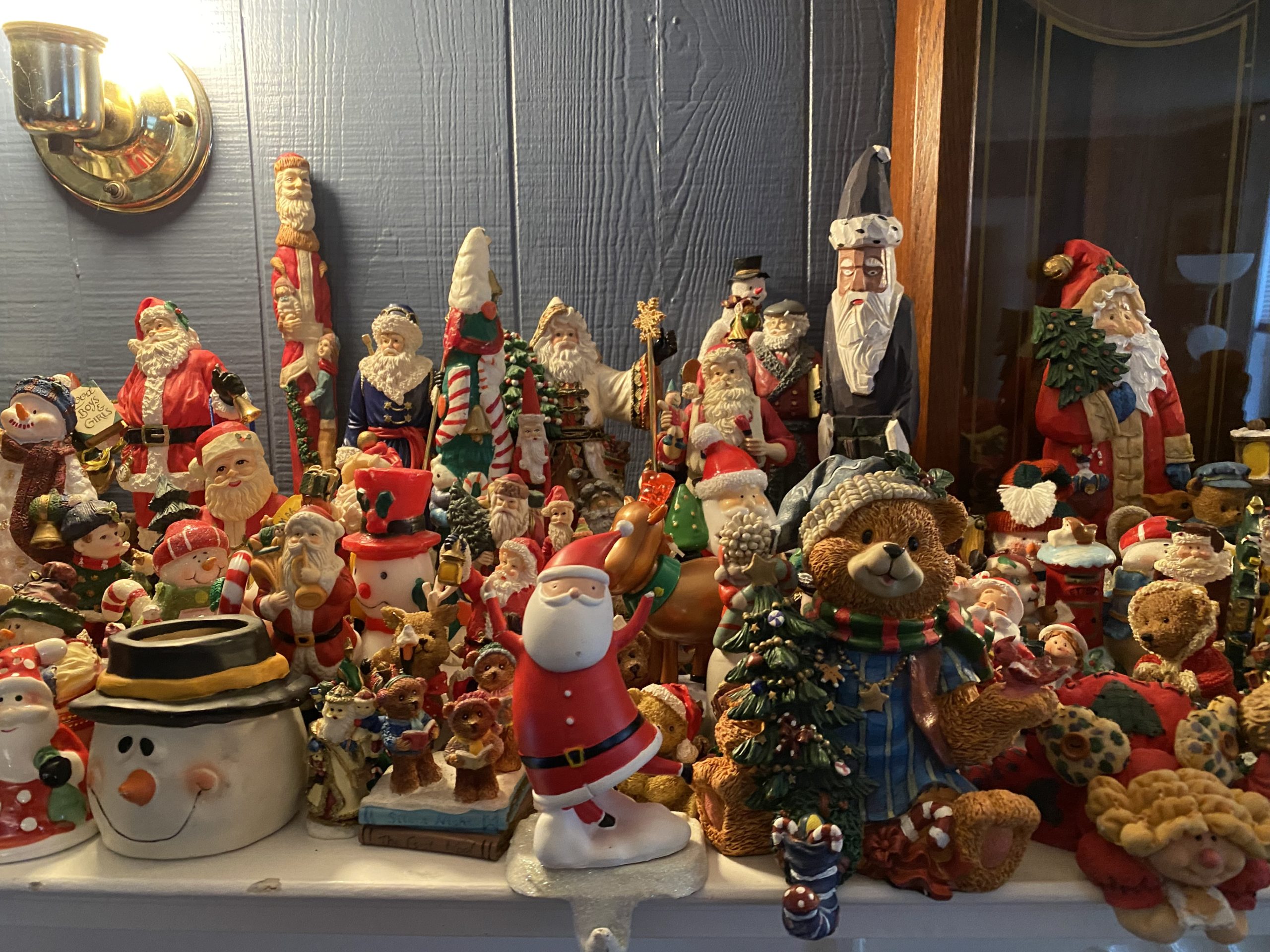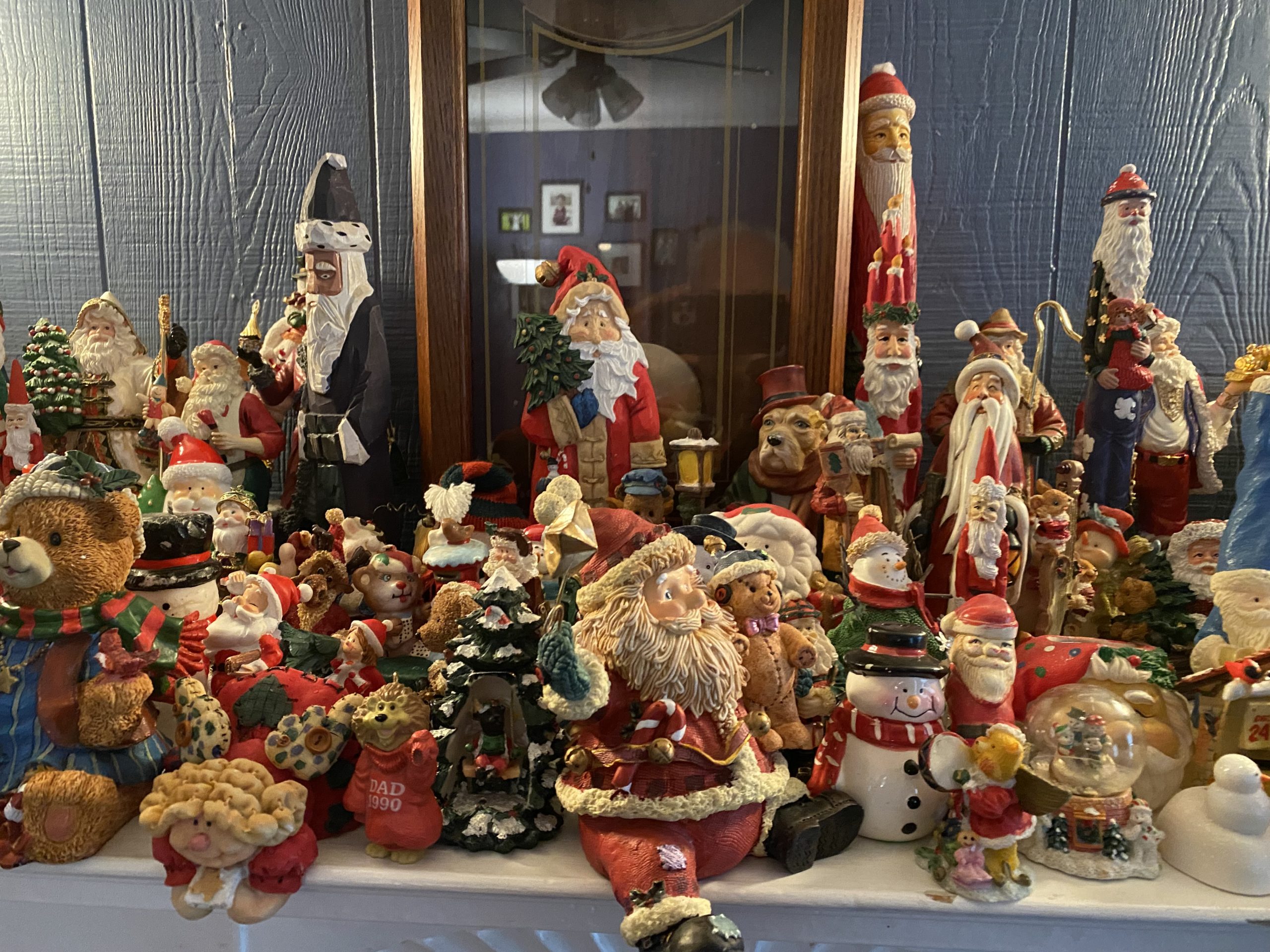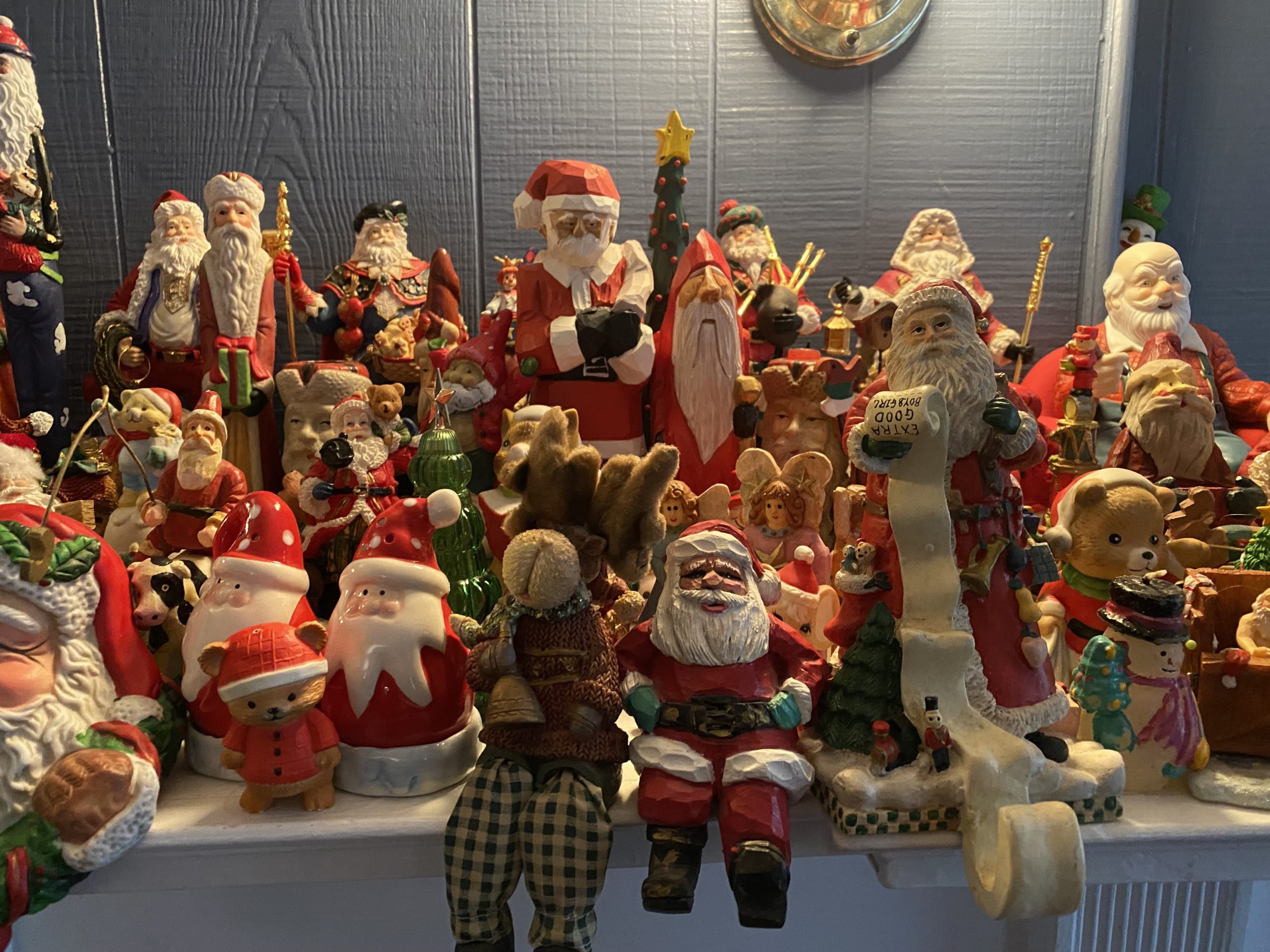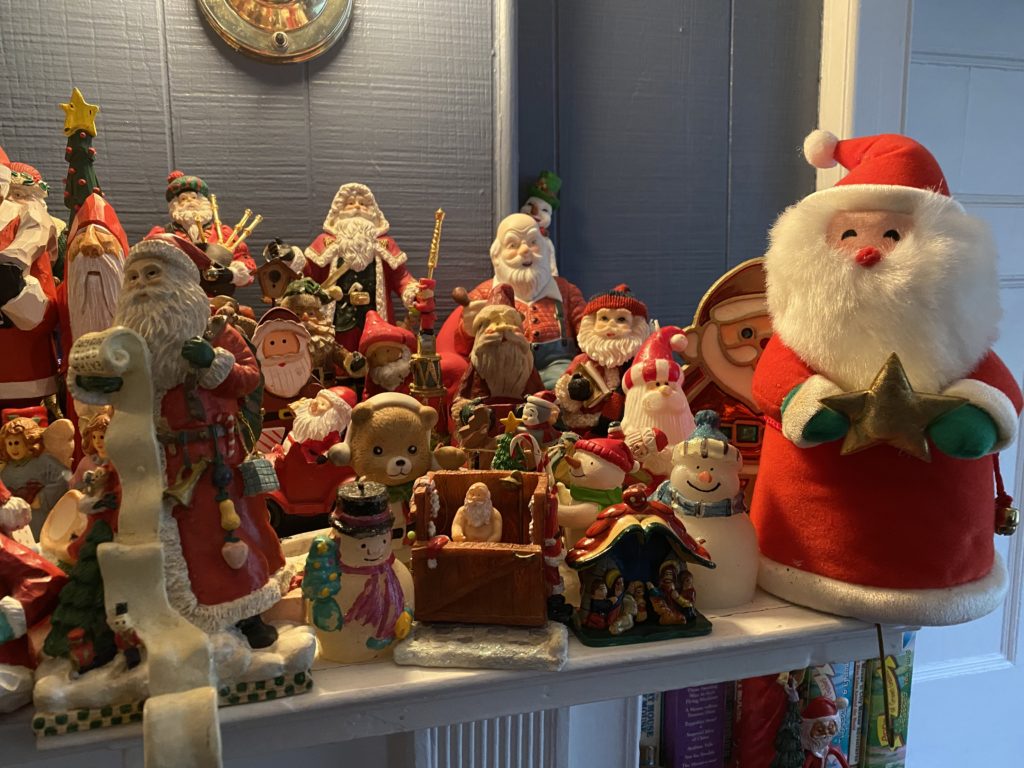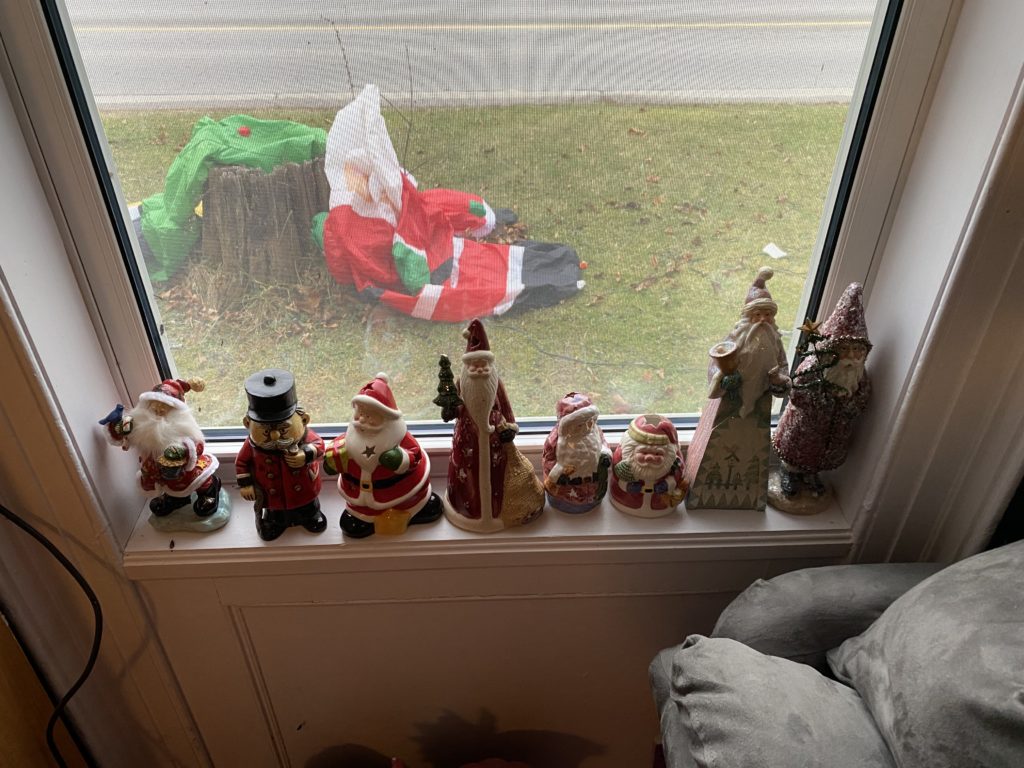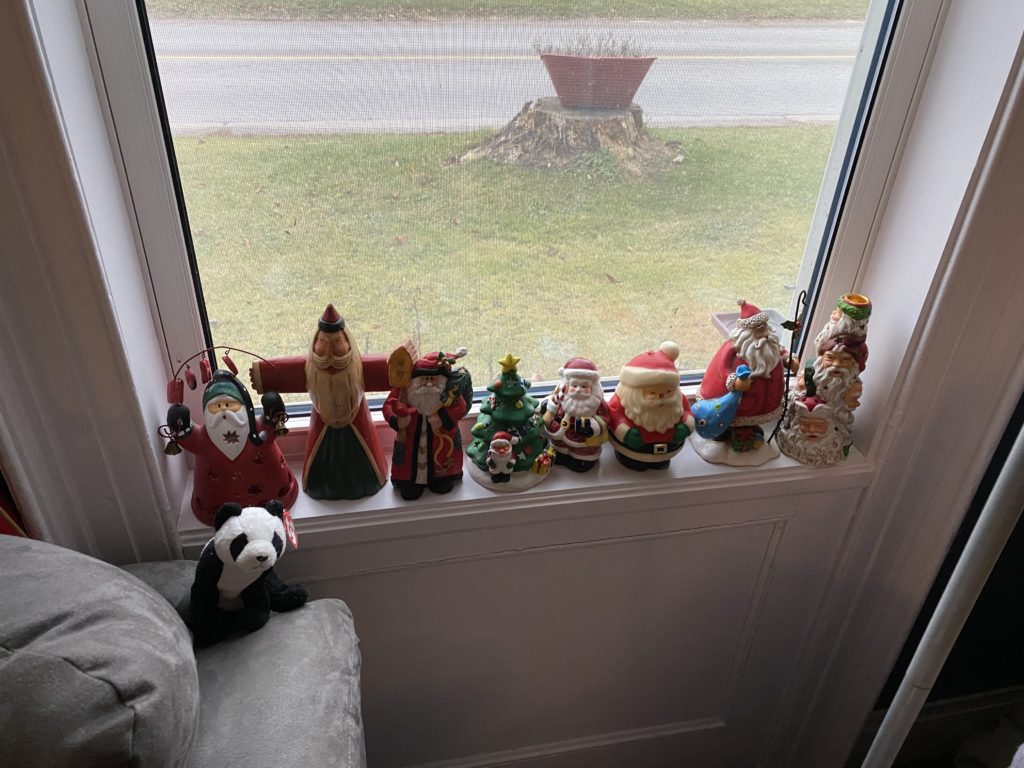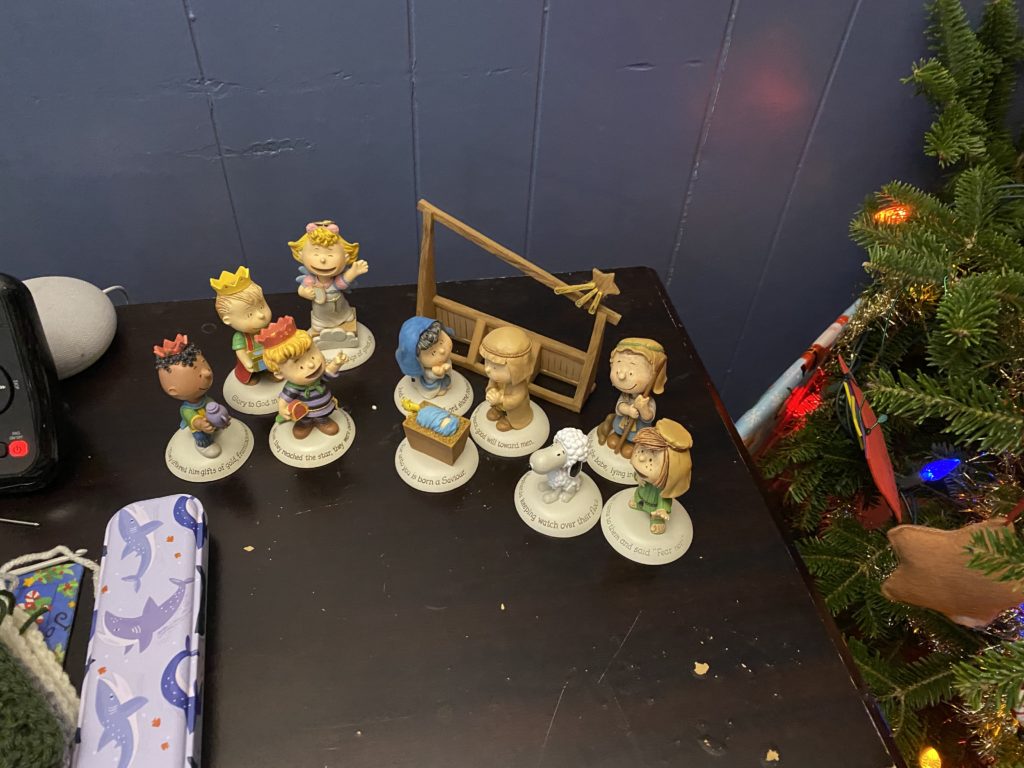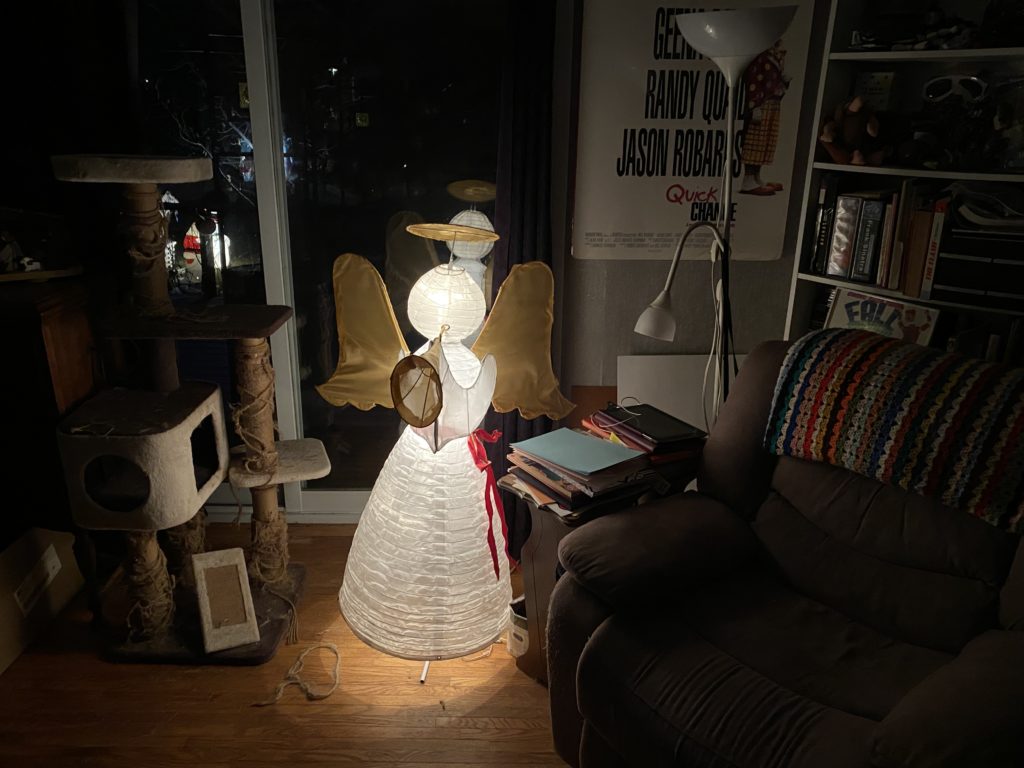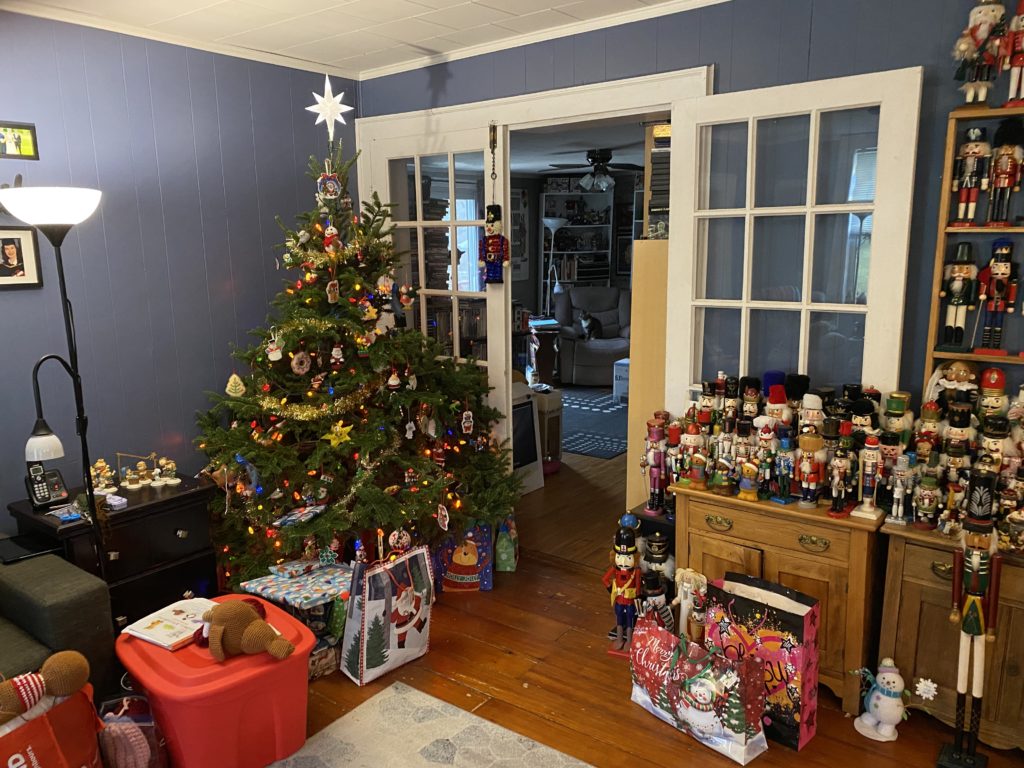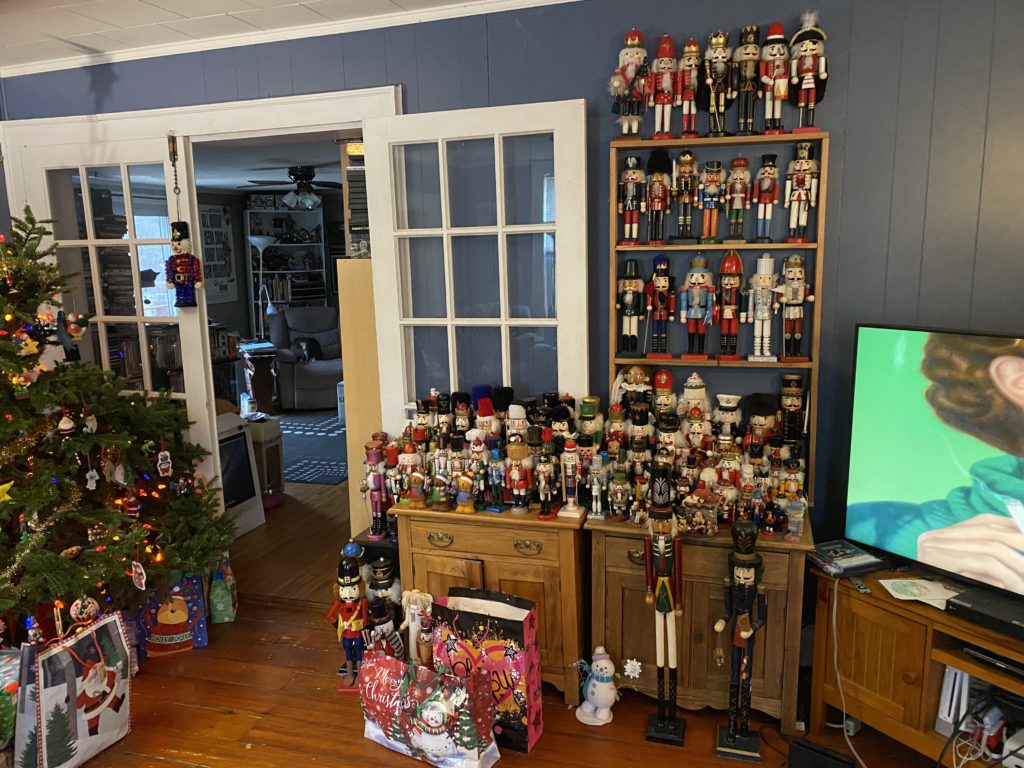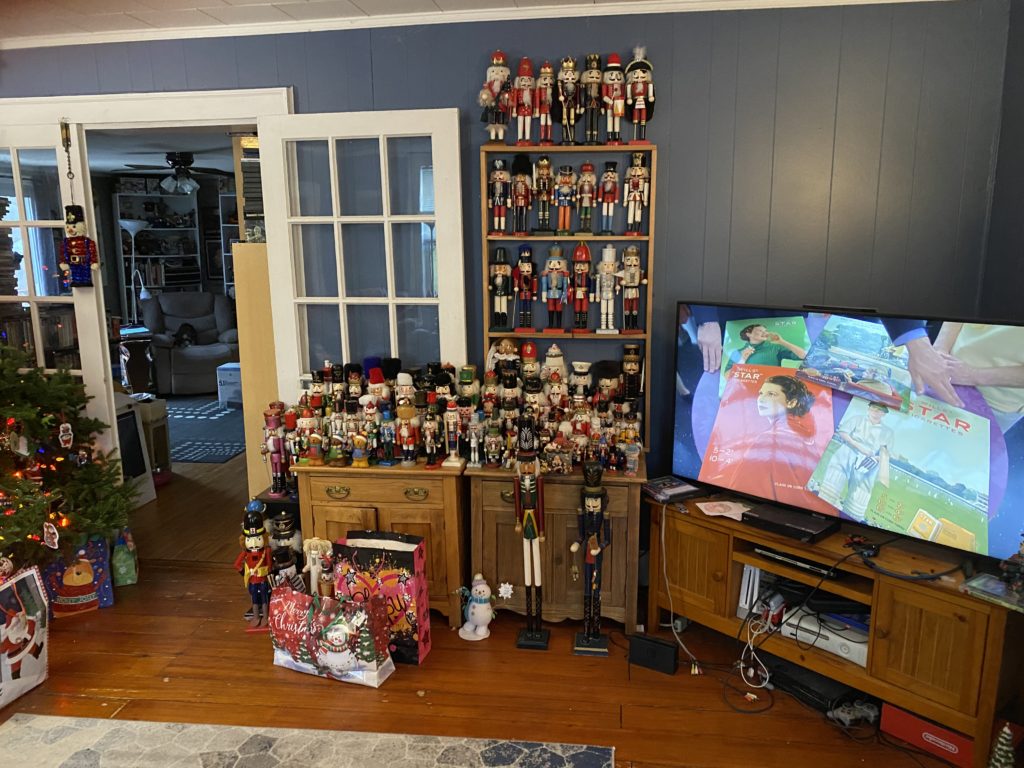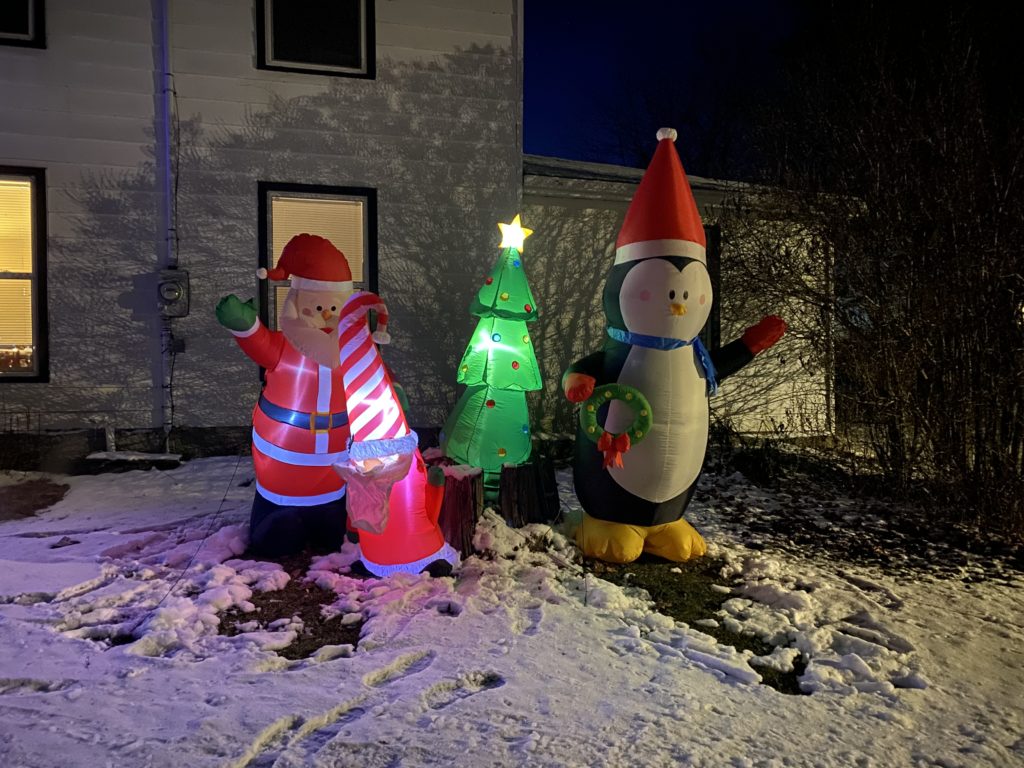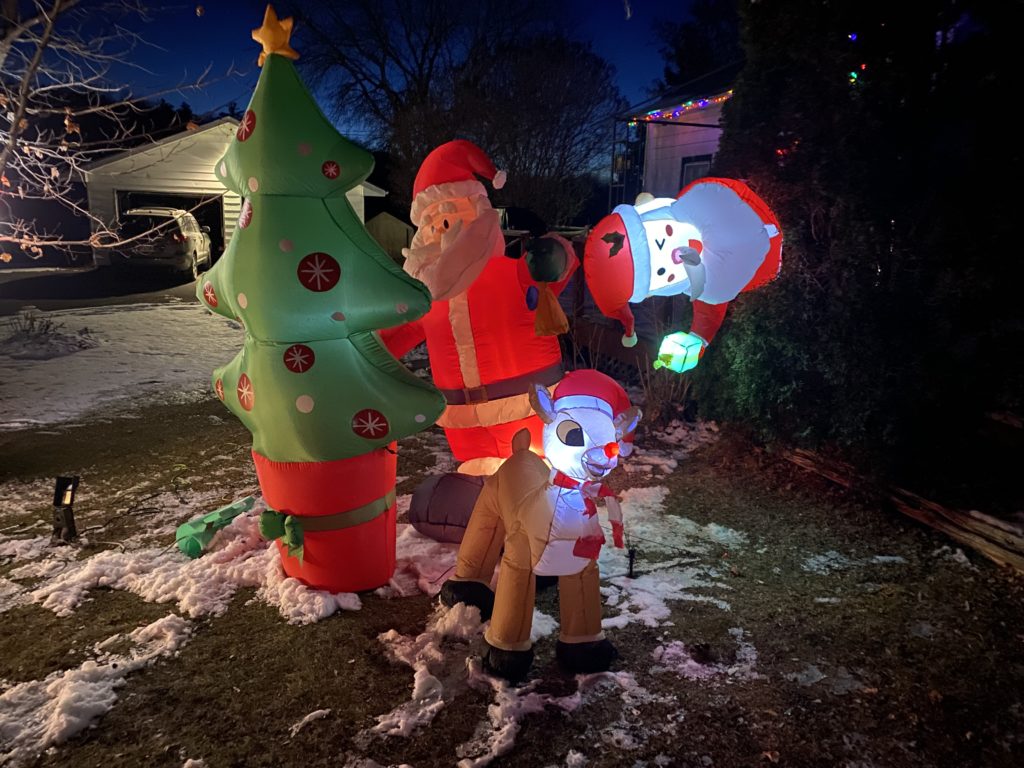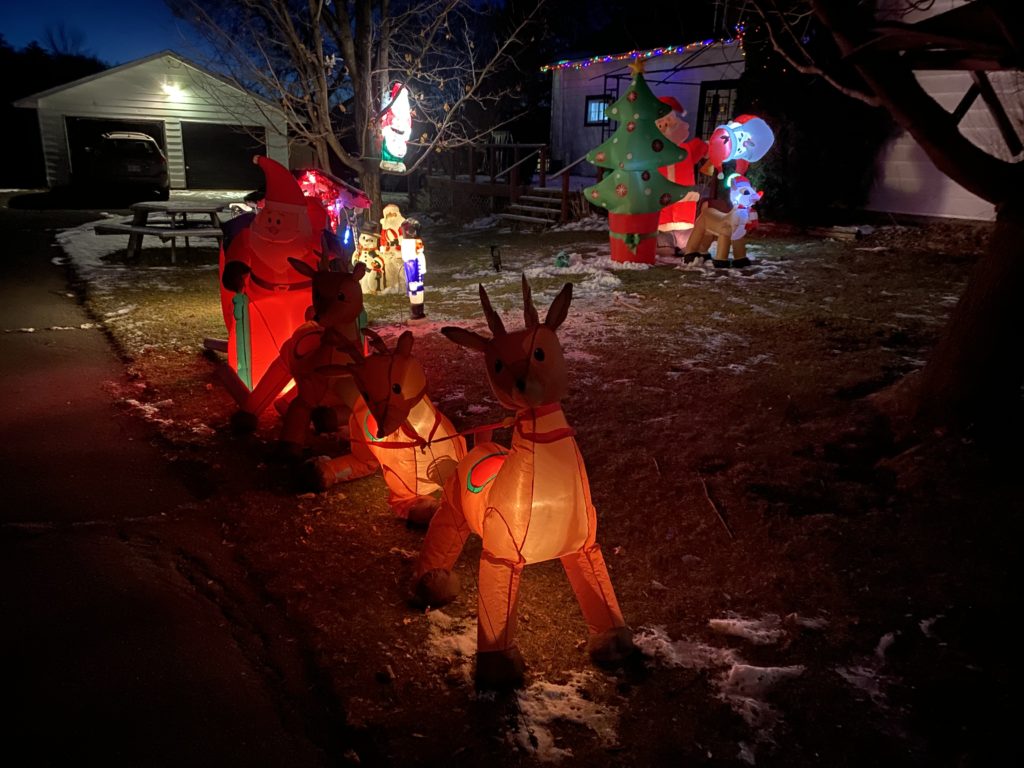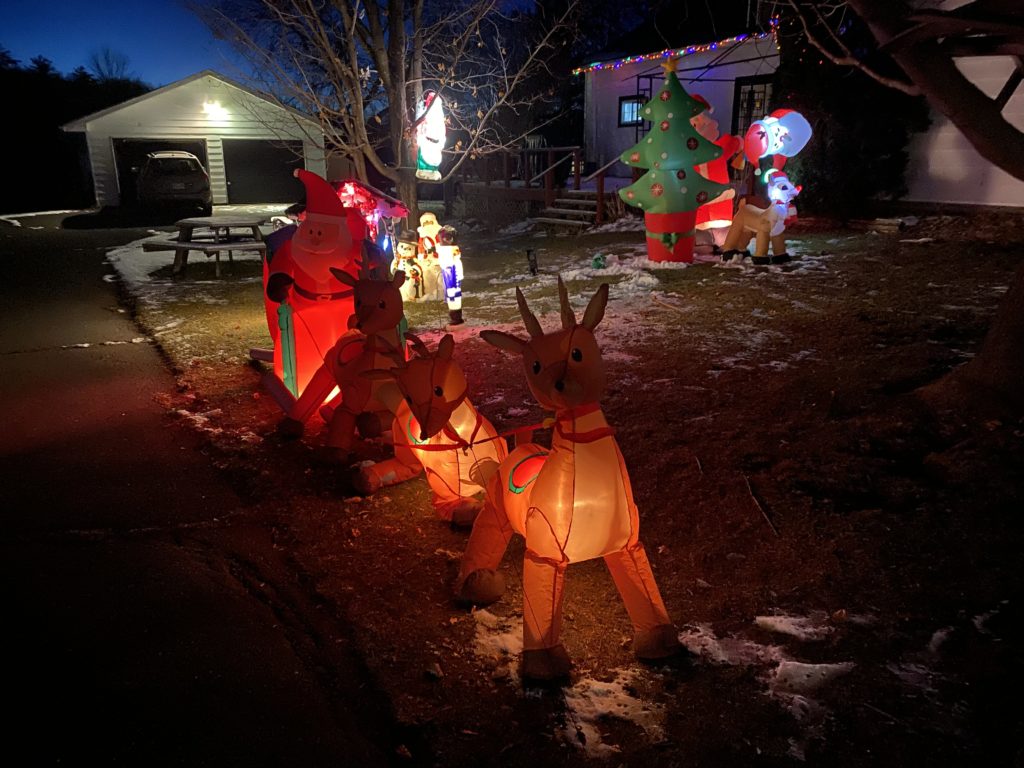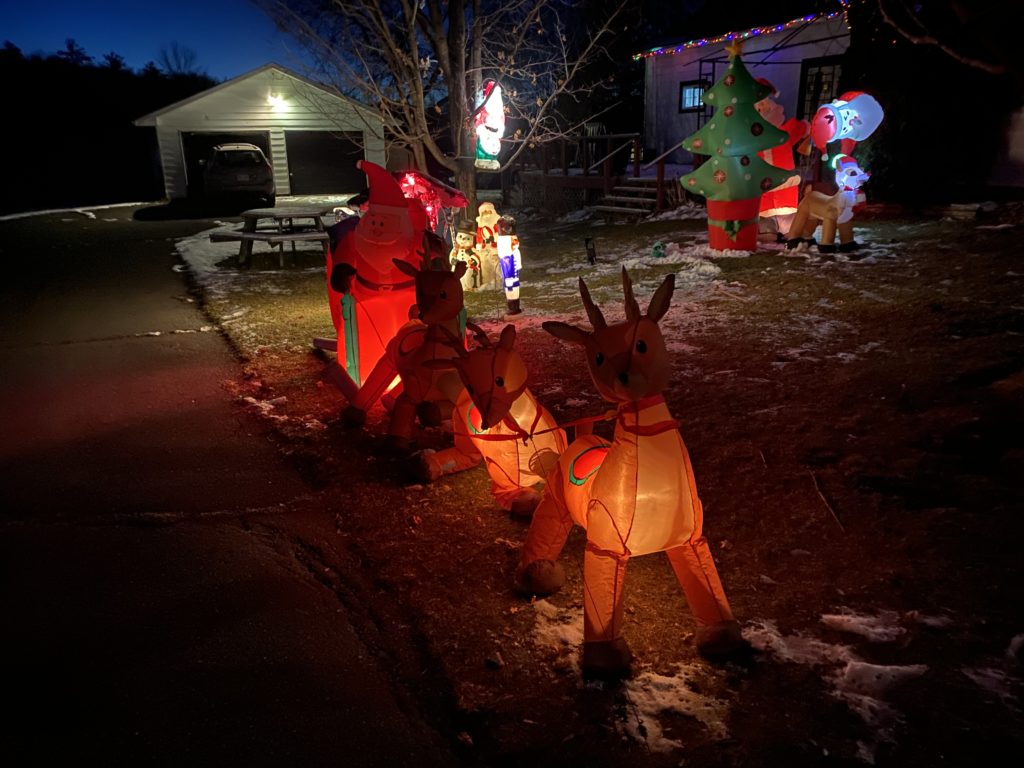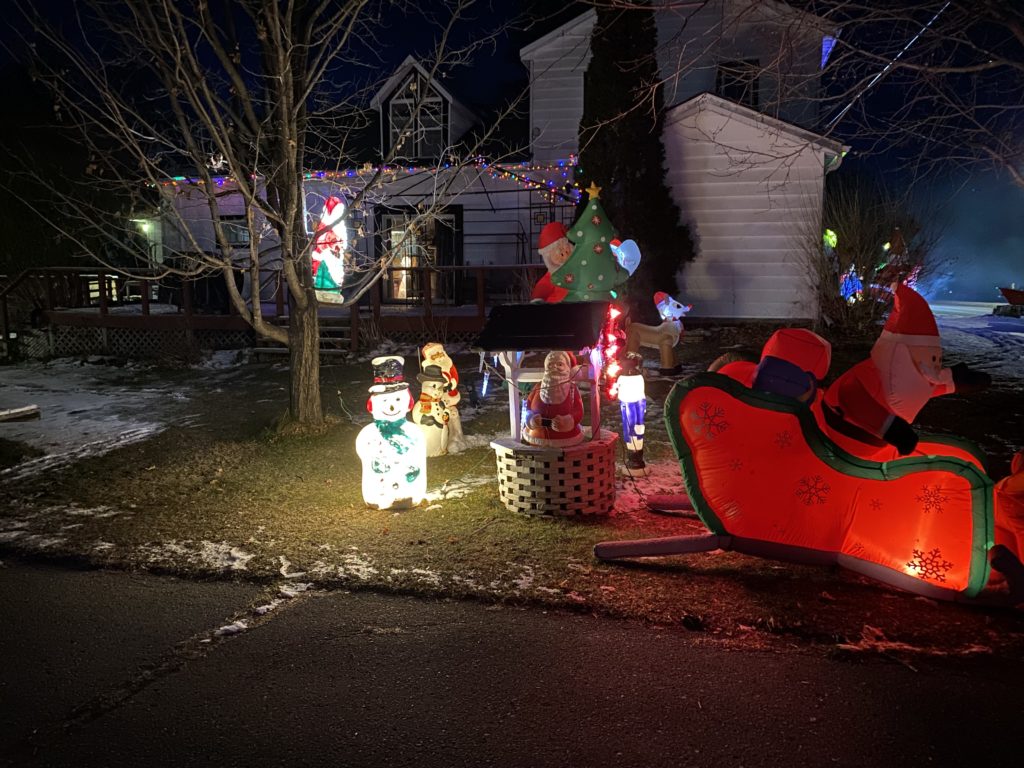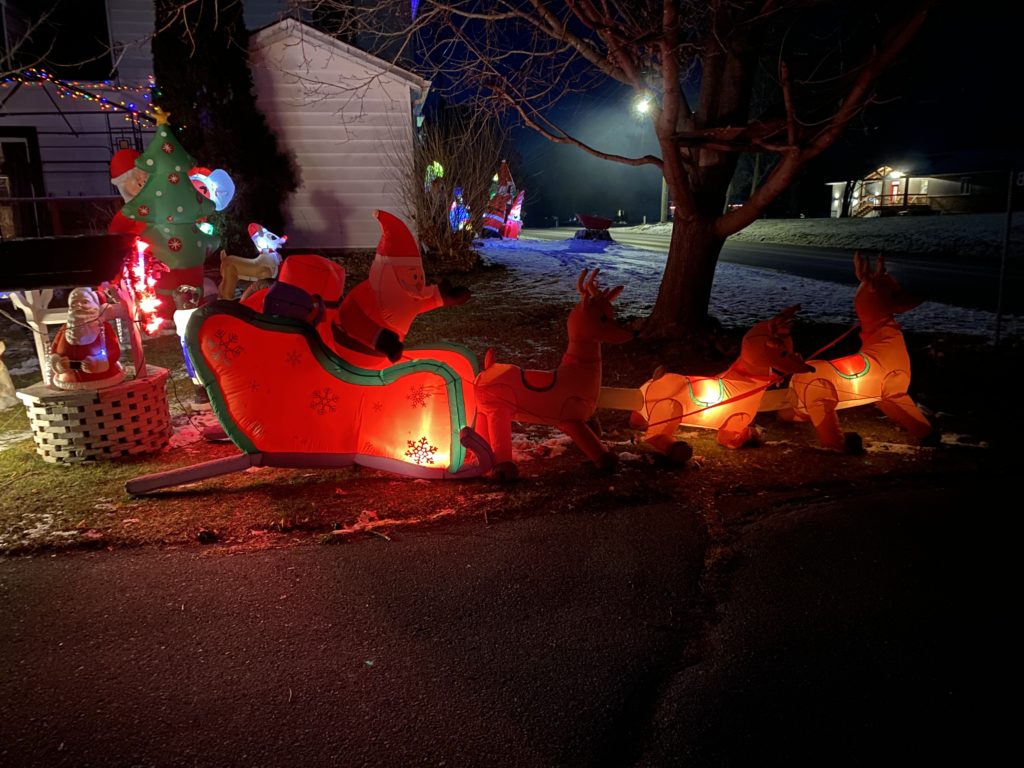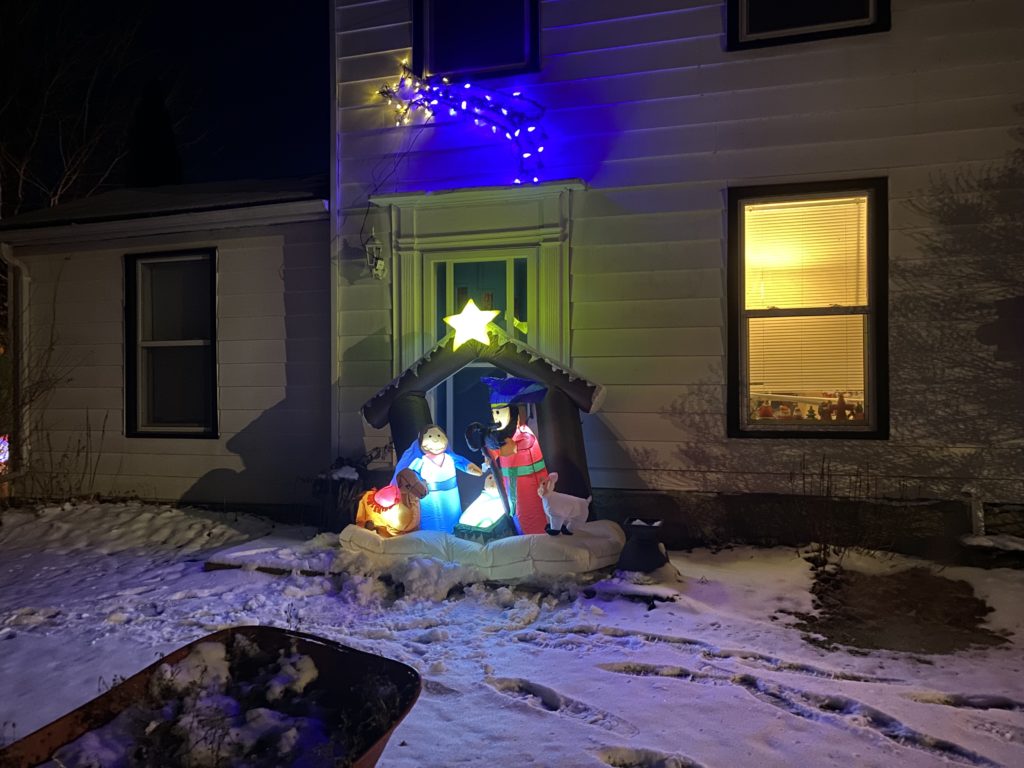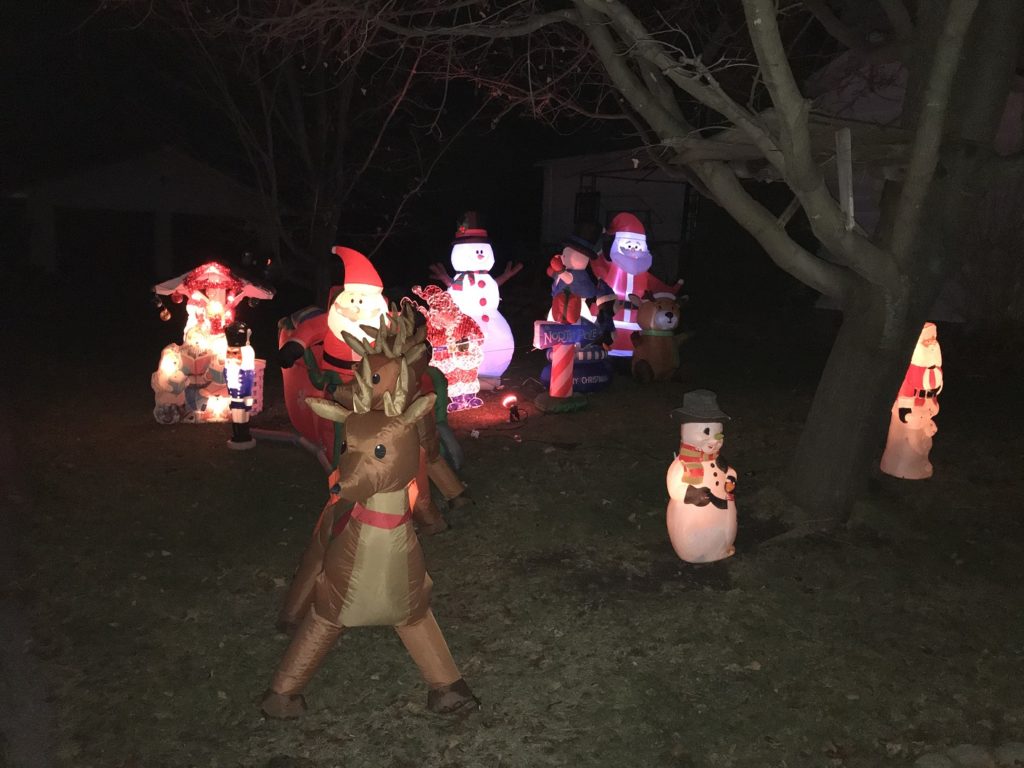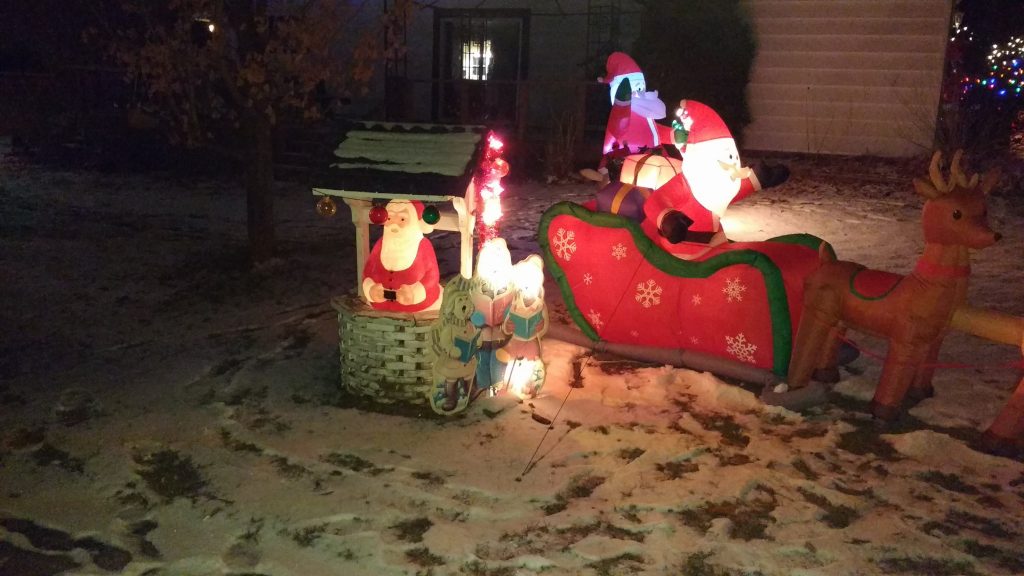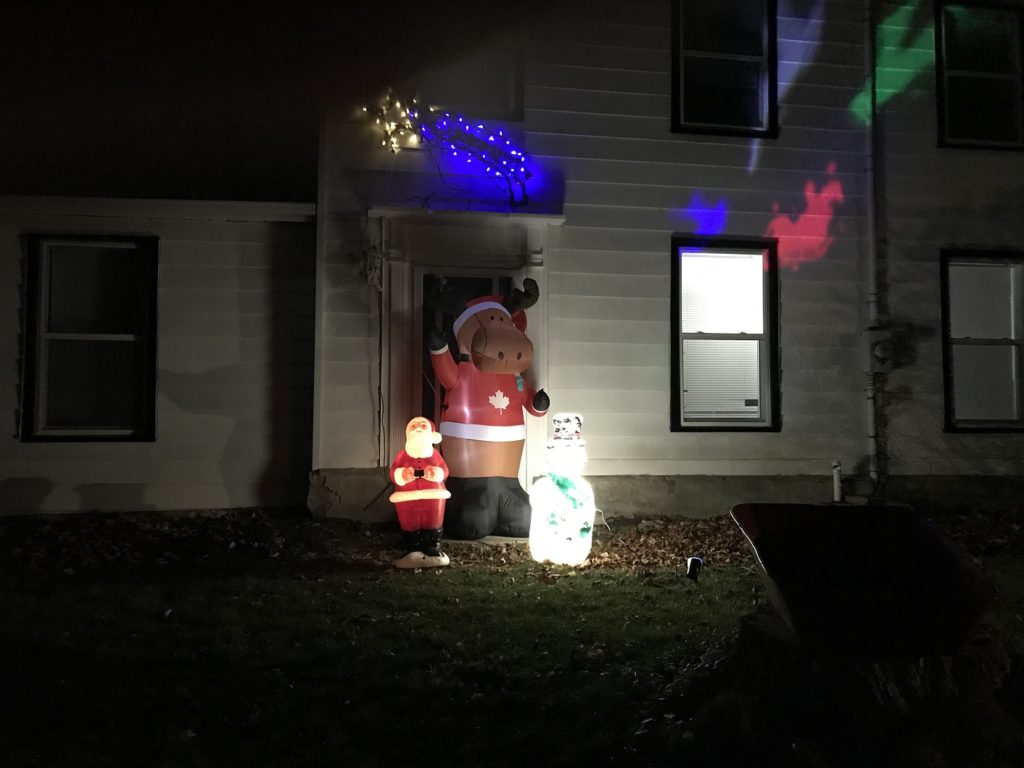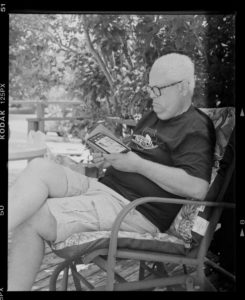 About a year ago, exactly July 24th, 2024, I posted a blahg called WHAT PRICE HOLIDAYS? It was all about my week of holidays I took in July and I thought I would visit that theme because I’m just coming off another week of holidays. Let me just say this past week’s holidays were better than the week I took off last October. My Mother’s house burned at that time and I’m still dealing with the ramifications of that. You can read more about that ordeal in the blahg, TWICE IN A LIFETIME…IS TOO MUCH. Some interesting things happened for me last week so I’ll jump into it with a bang.
About a year ago, exactly July 24th, 2024, I posted a blahg called WHAT PRICE HOLIDAYS? It was all about my week of holidays I took in July and I thought I would visit that theme because I’m just coming off another week of holidays. Let me just say this past week’s holidays were better than the week I took off last October. My Mother’s house burned at that time and I’m still dealing with the ramifications of that. You can read more about that ordeal in the blahg, TWICE IN A LIFETIME…IS TOO MUCH. Some interesting things happened for me last week so I’ll jump into it with a bang.
Okay, so this didn’t happen during my holidays but it was the bang that started everything off. Two weeks ago on July 14th I fell. Here’s what I posted about that on my Facebook:
Here’s a cautionary tale for you.
Yesterday, I fell out of the shower and went ass over tea-kettle onto the floor. Still don’t know how it happened. I slipped somehow and went out the back side onto my backside.
We have a clawfoot tub with an oval shower surround so there’s shower curtains on both sides. Our tub goes across diagonally so there’s very little space behind the tub and up to the wall. You can look at the two photos below. Sometimes one of our cats likes to crap back there and we have to climb over into the space and clean it up. Yesterday, the shower curtain slowed me down but I fell into that small space on the other side of the tub with the shower curtain between me and the inevitable cat crap left by our cat. I was in lots of pain and screaming and yelling for Jeanette. She was asleep in another part of the house and couldn’t hear me.
I managed to wriggle out behind the back of the tub; all the while screaming my head off. I got out to the front side where my metal clothes hamper was sitting and started banging on that and eventually Jeanette heard that and came to my rescue. She helped me up and then helped clean the cat litter off me so I could get dressed and go to the hospital. I thought my neck was going to snap off and felt every bump on the way to Picton. Two rounds of X-rays in Picton and then sent to Belleville for a cat scan. Nothing broken but if they’d done a cat crap scan they might have found some on my side or back.
I had to wear a neck brace all day but 8 hours later, I was back at home without the brace. Advil and Blue Ice gel and I’m back to work today but my neck is still really sore. I can’t watch any tennis matches for a while.
What’s the lesson here? I don’t know. Don’t shower alone? I’m not going to admit getting old and needing grab bars. It was a fluke. I showered this morning and was fine but very cautious. I could have imagined what would have happened if I couldn’t get out from behind the tub and the paramedics had to come. I know they’d have taken pictures and posted it on their secret online site where they talk about what stupid humans get up to.
Here are the photos I posted:
The injury plagued me during the week before my holidays and during my week off. Oh yes, apparently, according to my wife’s Aunt Sandra, a retired nurse, they put the neck brace on backwards at the hospital…at least that’s what she said when she saw the above photo.
Another thing that started before my holidays but continued during my holidays was the disassembly of our old upright piano. My wife wanted it gone and it was too heavy to remove in one piece. We watched some videos about taking it apart and thought we could handle it. I rely again on Facebook but this time it’s what my wife posted to her Facebook on July 8th:
Next project is reorganizing the dining room. Getting rid of a big desk and moving my cedar chest on to someone else who would care for it is part of the plan. Before that happens though we need to say good bye to the piano. It’s actually our oldest daughter’s piano and she was the only one who ever learned. It’s lived with us for about 23 years or so and moved with us once. If memory serves me right, I believe it originally came out of CML Snyder Elementary School and was lovingly restored by a friend of ours who did that back in the day. (Rick Moynes, you did an awesome job!) It was a beautiful piece of furniture. Unfortunately, today you can’t give them away and we are unable to move it out of our house so we are taking it apart. We are working on getting the right tools to loosen the strings so we can continue taking it apart carefully. If anyone would like pieces to repurpose or create some kind of sculpture/ art work, let me know!
Here are the photos Jeanette posted:
We managed to order the correct tool from Amazon to remove the strings:
Of course, we needed to find an adapter that would allow this tool to fit into a socket wrench and our drill. That came from Canadian Tire and we began to remove some of the strings before my holidays began. I’ll get back to the topic of the disassembly later as it fits into my holidays timeline.
I always take a week of holidays in July with the first weekend being our annual visit to the Transformers or TF Con in Mississauga. In the blahg, WHAT PRICE HOLIDAYS? I talked about our 2024 visit. This year was a lot of fun as well. One of the big highlights of the convention is always visiting the Dealer Room. Here’s a quick video of me in the Dealer Room on Saturday morning July 12th:
I know, I’m officially a geek. Last year I was looking for the Dracula Transformer and I found it. The only thing I had in mind to find this year was a Funko Pop of Cyclonus:
Cyclonus is a character I really like. Unfortunately no one had this Funko Pop. So I settled instead for a Scorponok figure from the Beast Wars line:
There wasn’t much else I was looking for but I happened to stumble, or rather someone else did, on a Micronauts Battle Cruiser. Last year, in 2024, I bought my first Battle Cruiser at the 2024 TF Con. Here’s what it looks like on my shelf:
This year, I was browsing over a vendor’s booth in the corner at TF Con and I saw him trip over a box on the floor. To my surprise, it was another Micronauts Battle Cruiser but in a box. It looked nearly complete and had the french instruction sheet but that wasn’t a show stopper. I asked if it was for sale and he was surprised because it was a Transformers convention after all and who goes to buy Micronauts? I do! He gladly stated it was for sale at $50. I think I paid $30 or $35 last year for a near 75 percent complete version not in box. Here’s a couple of photos of this year’s Battle Cruiser purchase:
Unfortunately, the motor or the remote in last year’s version didn’t work. More about that later. I was also surprised to learn from the vendor that he had some other Micronauts vehicles and would bring them in the next day. Score! Again, more about that later.
The next day, before making it to the vendor with Micronauts, I managed to spy a Plastic Man in box at a guy in the far opposite corner of the other vendor I came back to see. I’m a big fan of Plastic Man and at $20, and again, in the original box, I felt I couldn’t pass him up. Here’s what he looks like:
Plastic Man is from 2016. He’s going to go on a shelf with my San Diego Comic Con Plastic Man figure and my Plastic Man Funko Pop. Here are pictures of first, the San Diego Comic Con figure, and then the Funko Pop:
Of course there is a Funko Soda Plastic Man and the Chase of the Soda that I don’t own but plan to purchase at some point. Here’s what they look like. The Chase is pictured in the bottom right.
I finally made it to the other corner vendor who had promised me more Micronauts vehicles. He didn’t disappoint. Here’s what he had:
As you can see by the instruction sheet in each photo, the top vehicle is the Galactic Cruiser and the bottom one is the Hydra. Now, I didn’t own the Galactic Cruiser but I already had a Hydra at home. Here is a picture of it on my Micronauts shelf:
My other Hydra is more complete with the rear missile set but the chance to purchase another one with the instruction sheet was very tempting. The vendor wanted $25 a piece but said I could have the pair for $40. That was not a difficult decision. $40 for the pair and both with instruction sheets? It was a great deal I couldn’t pass up. They didn’t have the original boxes but they’re still valuable to be in my collection.
Back to the Battle Cruiser. As I said, my one from 2024 did not have a functioning motor. When I tested this year’s acquisition, I found the motor didn’t work in this one either. I purchased new batteries but that didn’t solve the problem. I decided to take the motor housing apart. Nothing was broken inside that I could tell. I tried to turn the gears by hand to see if they were stuck from age and non-use. That did the trick. It started working perfectly. I tried the same trick on the 2024 Battle Cruiser and it worked it again. Here’s a short video of me operating this year’s purchase:
Now, I just need to find a few figures to sit in the Battle Cruiser as well as the Galactic Cruiser and Hydra. Oh, and I’ll need a new shelf to display everything. That’s part of some remodelling we want to do this year. More on that later.
My daughter Abbie and I had a great time at TF Con as usual. We watched some panels, tried out for the script reading (but neither of us was chosen) and had a great time at the Transformers trivia game show; even if we didn’t win. Here’s a photo of Abbie and I during the game show (we’re on the left):
Basically the name of a Transformer appeared on a screen and we had to take turns giving clues to each other or pass. I think we did okay. The final part was like wheel of fortune where they give you a clue and then they start to reveal letters and members of both teams can buzz in with the answer. Unfortunately, we weren’t great at that. Still, fun time had for our 7th or 8th year of attending. My wife Jeanette was also with us.
Remember when I started off this blahg talking about the fall I had from my claw-foot tub? Well, I left out a part of that story. When I fell, I took the shower curtain down with me and broke the wrap around shower curtain rod. Of course, the one we had is no longer manufactured so I had to order a new one from Amazon. It was waiting on our deck outside our back door when we got back from TF Con.
 This is what it is supposed to look like when it’s installed:
This is what it is supposed to look like when it’s installed:
 The piece at the left end that goes straight up into the ceiling was of course a different size and the rod at the front by the shower head goes straight ahead and our layout needs a rod that goes up into the ceiling. We managed to salvage a piece from our old shower curtain rod to use on the front to run it to the ceiling. We had to drill a new hole for the large rod at the back but we finally got it. We also had to buy a new shower head and a third shower curtain as the new rod is much bigger than the previous one. All this was done on the Tuesday of my holidays. Monday had been spent running my mother to two different Doctor appointments so that doesn’t count.
The piece at the left end that goes straight up into the ceiling was of course a different size and the rod at the front by the shower head goes straight ahead and our layout needs a rod that goes up into the ceiling. We managed to salvage a piece from our old shower curtain rod to use on the front to run it to the ceiling. We had to drill a new hole for the large rod at the back but we finally got it. We also had to buy a new shower head and a third shower curtain as the new rod is much bigger than the previous one. All this was done on the Tuesday of my holidays. Monday had been spent running my mother to two different Doctor appointments so that doesn’t count.
On Wednesday we went shopping in Kingston. I didn’t find anything. We decided to race back to Belleville for the 3pm showing of “Superman.” We had wanted to go to the movies on Monday but it just didn’t fit into our busy schedule for that day. Here’s what I posted to Facebook:
Saw Superman yesterday. I liked it. A friend of mine was right when he said it was an homage to 1970s Superman comics. I grew up on those so I understood what was going on. It’s not another origin story but you do get Martha and Jonathan Kent but they were a little too hillbilly for my liking. Oh well, after you’ve had Kevin Costner play Jonathan and the even greater Glenn Ford, it’s hard to top those. I’m a big fan of Metamorpho The Element Man so that was a bonus to see that character in the film. Check it out for yourself. That’s the only way you’re going to find out if you’ll like it
My friend Stephen Dafoe said “I really enjoyed the film. It was like running to the corner store with a quarter to grab a Giant-Sized Superman Comic.” If you remember the Giant-Sized Comics for 25 cents then you truly were a child of the 1970s.
Thursday, we went travelling again. When we were driving through Toronto on the way to or from TF Con, I had seen a poster for an upcoming production of “The Lion, The Witch, and The Wardrobe.” at the Shaw Festival at Niagara on the Lake. We decided to get tickets for Thursday July 17th and we booked a motel in Niagara Falls that was only 15 minutes away. Here’s some more geeky shots of me at the play:
The bottom photo is of me trying to enter the Wardrobe they had on display in the lobby. Apparently it was not a real entrance to Narnia. The play was great and fun and I’m glad we went.
On the way home from Niagara on the Lake we decided to make a stop at Jerry’s Toys in Vaughan.
Jerry’s Toys is like a Tardis from Doctor Who. It’s small on the outside but it’s huge on the inside. It advertises itself as toys and collectibles but 99 percent of the store are Funkos. Just check out this picture:
That’s just the front half of the store. There’s a whole back section as well. I last visited there in March when I was on the lookout for a Jean LaFoote Funko Pop.
I already had a Cap’N Crunch Funko as well as a Crunchberry Beast:
I was on the hunt for that Jean LaFoote. I had seen LaFoote at a fleamarket in Pickering a few years back but it was very expensive. I also saw him the figure at this year’s Toronto ComicCon but the vendor wanted $75 and the vendor wasn’t very nice when I tried to engage with him about some other pops which he didn’t have. That’s a story for another time. The good news was that Jerry’s Toys had LaFoote for $50. I purchased it along with a few other Funko Pops that interested me. What I didn’t realize until I got home that time was that my Cap’N Crunch was out of sequence. Mine was a different issue with a sword. Mine was number 36 but the Crunchberry Beast was #15 and LaFoote was #16. On researching it further, I found out that first Cap’N Crunch was #14 and had been a Target exclusive:
If I want to be a completist, there is a Cozmic Cap’n Crunch Glow-in-the-Dark Funko Pop and a Cap’N Crunch 10″ Super-Sized Pop that I don’t own:
So, back to the current story, we stopped in at Jerry’s Toys on the way back from Niagara on the Lake and I picked up #14. I also purchased a dozen Funko Sodas. These are smaller figures in aluminum soda cans. There’s no real soda inside. There are chase variants of the Funko Sodas but I didn’t purchase any chases. I was looking for some interesting cartoon characters and I had seen in some of the Jerry’s Toys videos from TikTok that he had some in stock. I had only started looking into the Sodas after I purchased a couple at the Cornwall and Area Pop Event I had attended back in April. Back then, I had picked up Super Chicken and Klondike Kat:
I eventually purchased the Savoie-Faire Soda to go along with Klondie Kat. Savoir-Faire is the nemesis to Klondike Kat in the cartoons. The image below shows the figure I bought and at the bottom right is an image of the chase version.
I have a few other Soda figures. I have a Captain Carter chase figure and a Marty McFly with guitar. My daughter Abbie also purchased me a Dick Dastardly Soda figure when she was at a recent convention in Niagara Falls. The photo below shows the Dick Dastardly figure in front of his Funko Pop version. Below that is the Super Chicken Soda beside his Funko Pop version.
So that left me a Muttley Soda to find to go with my Muttley Pop figure. Luckily, Muttley was one of the dozen Sodas I purchased. The three pictures below are the Sodas I purchased this time around from Jerry’s Toys:
Notice the Muttley in the first picture. Of all of these Sodas, I also own the Funko Pop versions of Rosie, Underdog, Cap’N Crunch, Jean LaFoote, Ricochet Rabbit, Mr. Owl, and Peter Potamus. Someday I’d like to own the Chase versions of all of these figures.
The last part of my summer holiday story brings us back to the disassembly of our old upright piano. This past weekend we got back to it on the Saturday we finally removed the rest of the 240 pegs that held the strings. That left us just with the metal harps on the front and back. The back version was held on by several screws and they were very difficult to remove. I had to soak the bottom ones with penetrating oil overnight and then had to use brute strength, a hammer, a screwdriver, and locking pliers to eventually get them free. Here’s a photo of me on the floor, behind the piano trying to remove the screws:
Here’s a photo of the front cast-iron harp after all the strings were removed:
The gold/brass coloured item is solid cast iron. There was a twin of it on the backside of the piano. The rear version weighed about 250 pounds and the front version was around 300. Jeanette and I managed to get them both out of the house but a neighbour’s friend helped us take the heavier version out to the road. Here are two photos of the rear harp and then the front harp:
If anyone wants free scrap iron, drop by Demorestville and pick it up. There’s some nice wood leftover from the piano that I might try to re-purpose. I still have the shell of the piano left to take apart but it’s out of the house and on our deck:
Hey, if you’re stopping by for the cast iron, please take the shell along, too. Otherwise it’s going to be a saw, chain saw, and sledge hammer and crowbar to break it down. My elbows and arms are still hurting me. At least with the piano out, we can get onto a dining room refresh and possibly a new shelf to house Funkos and my Micronauts….if my wife lets me.
After all that, it was time to go back to work. I’ll take another set of holidays probably in October. Who knows what adventures we’ll have then. Hopefully no disassembly or some assembly required!

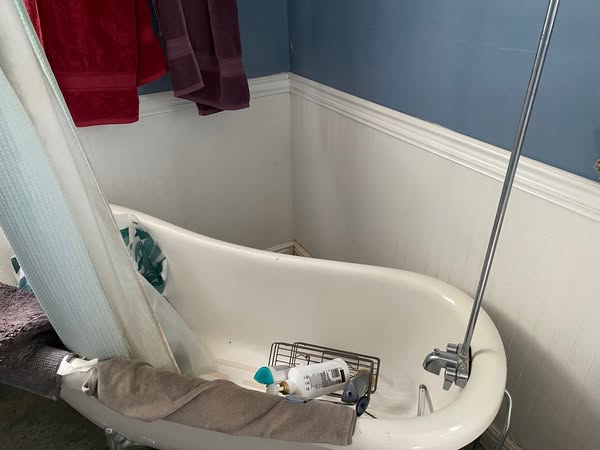

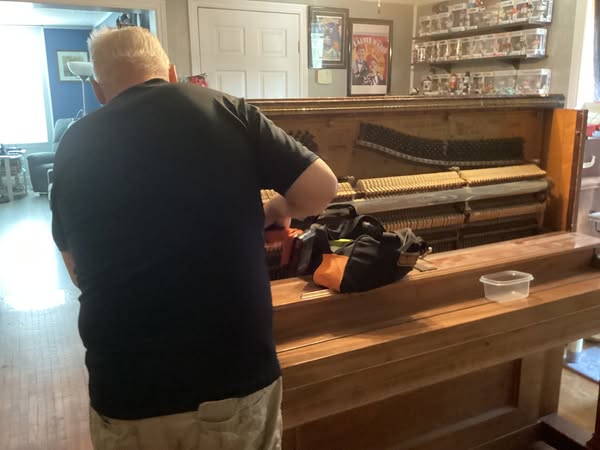
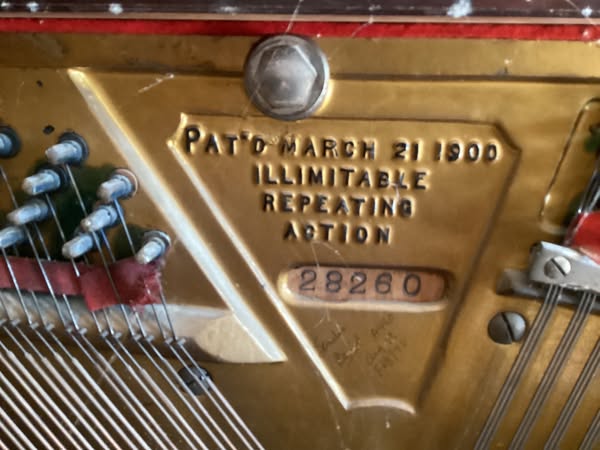
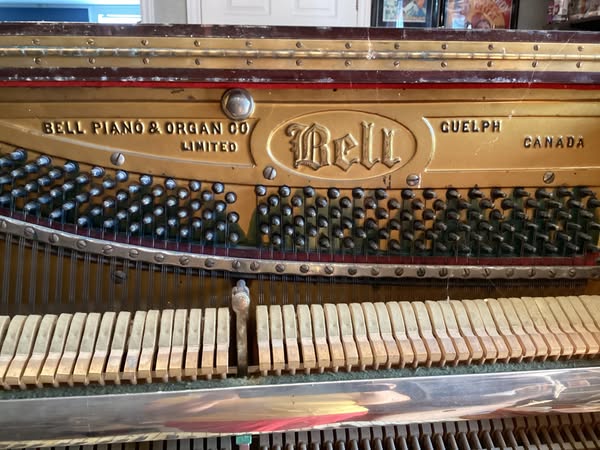
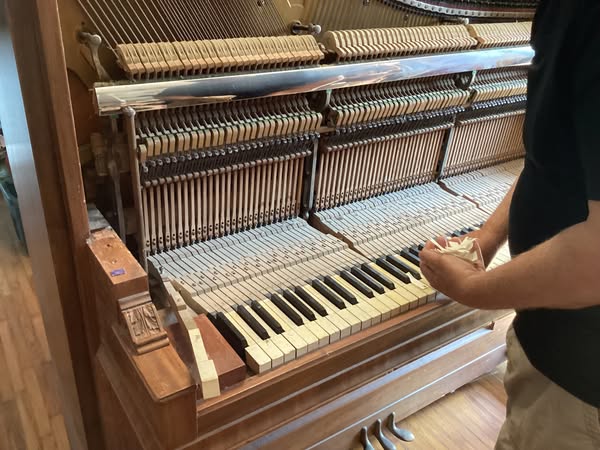
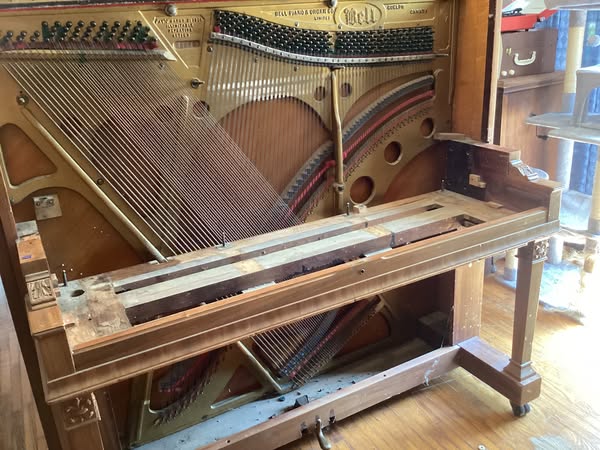



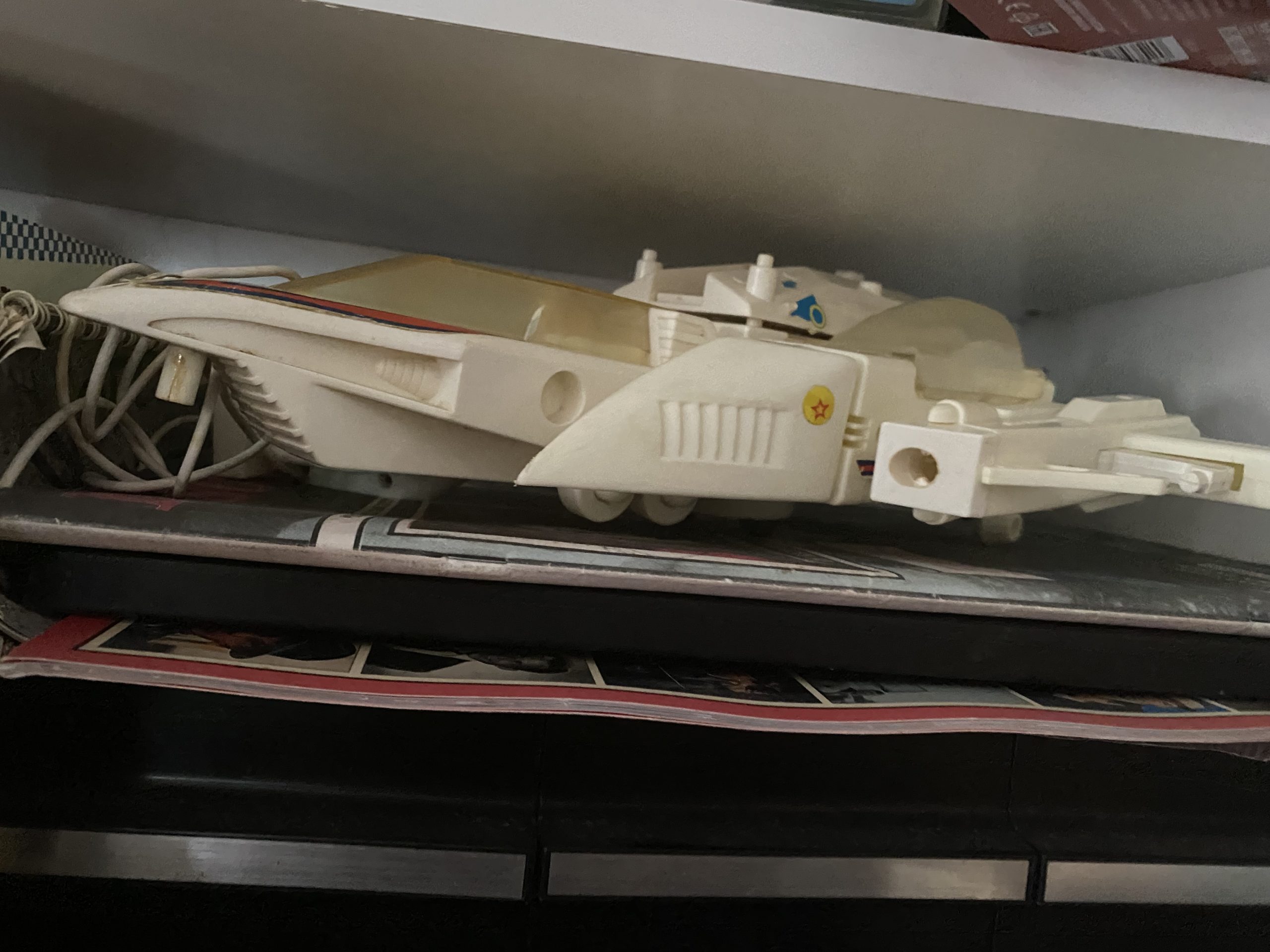
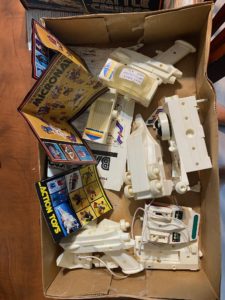





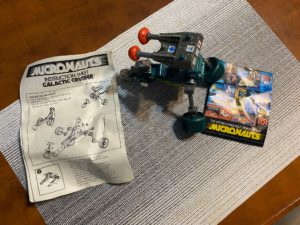
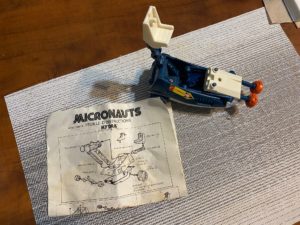
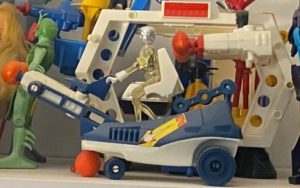
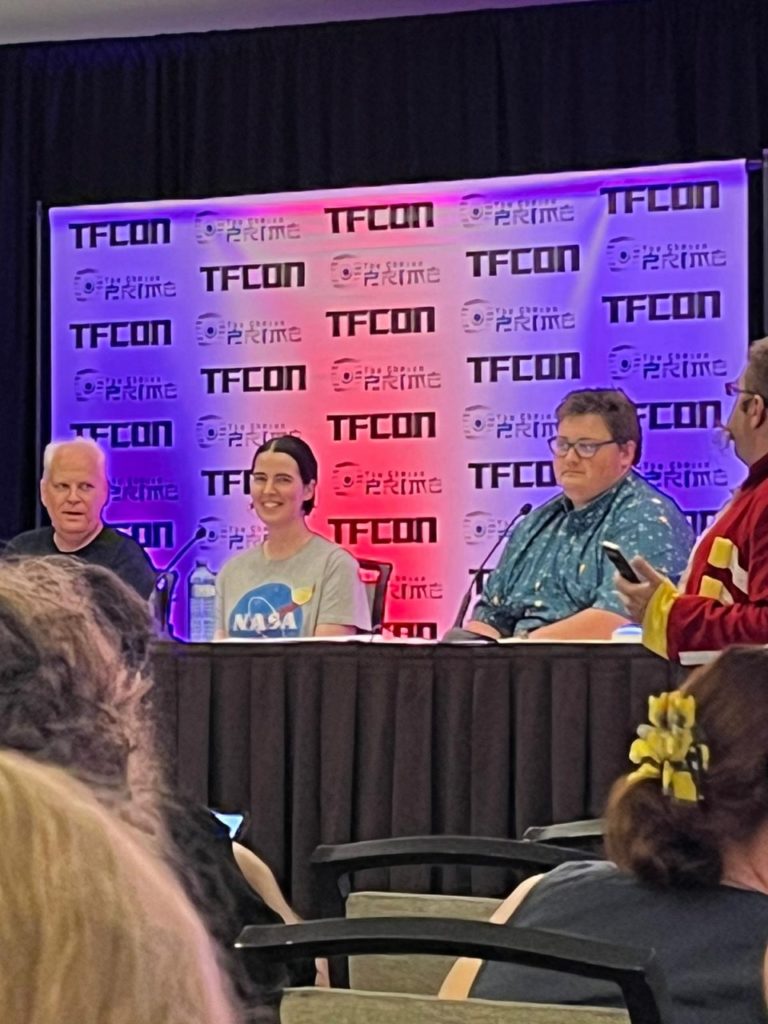

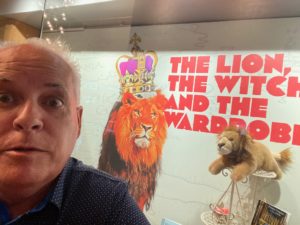
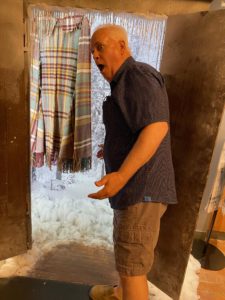






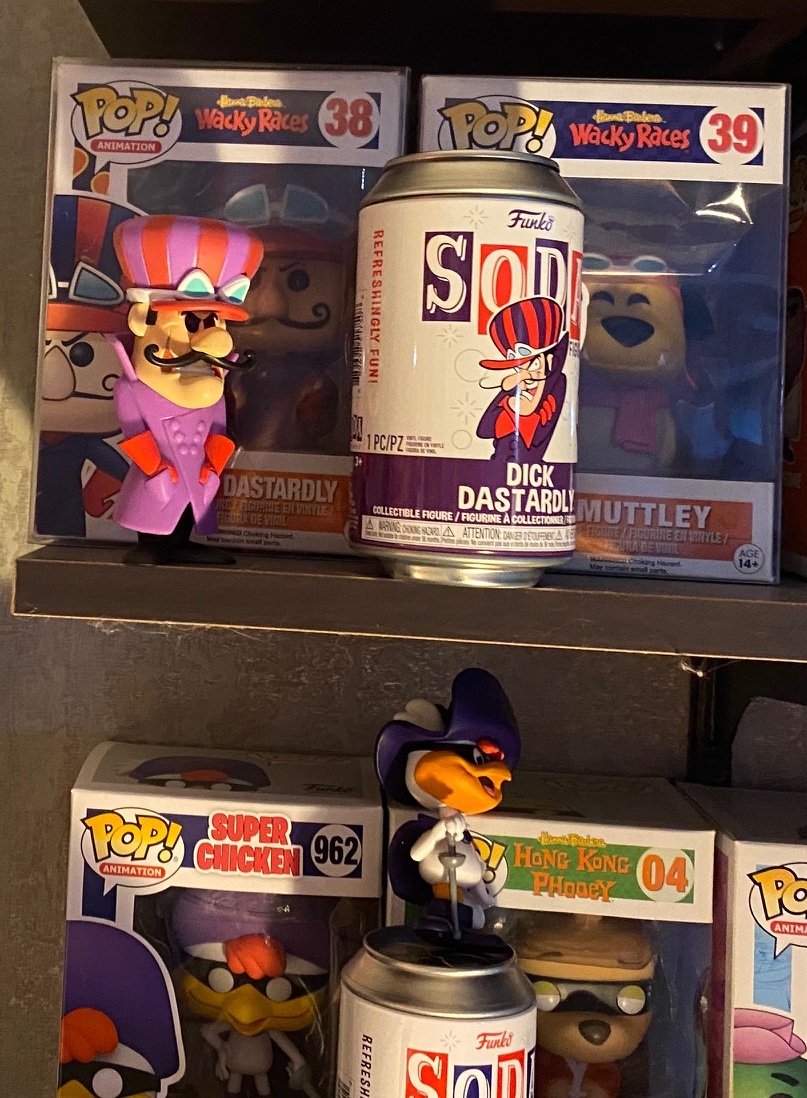

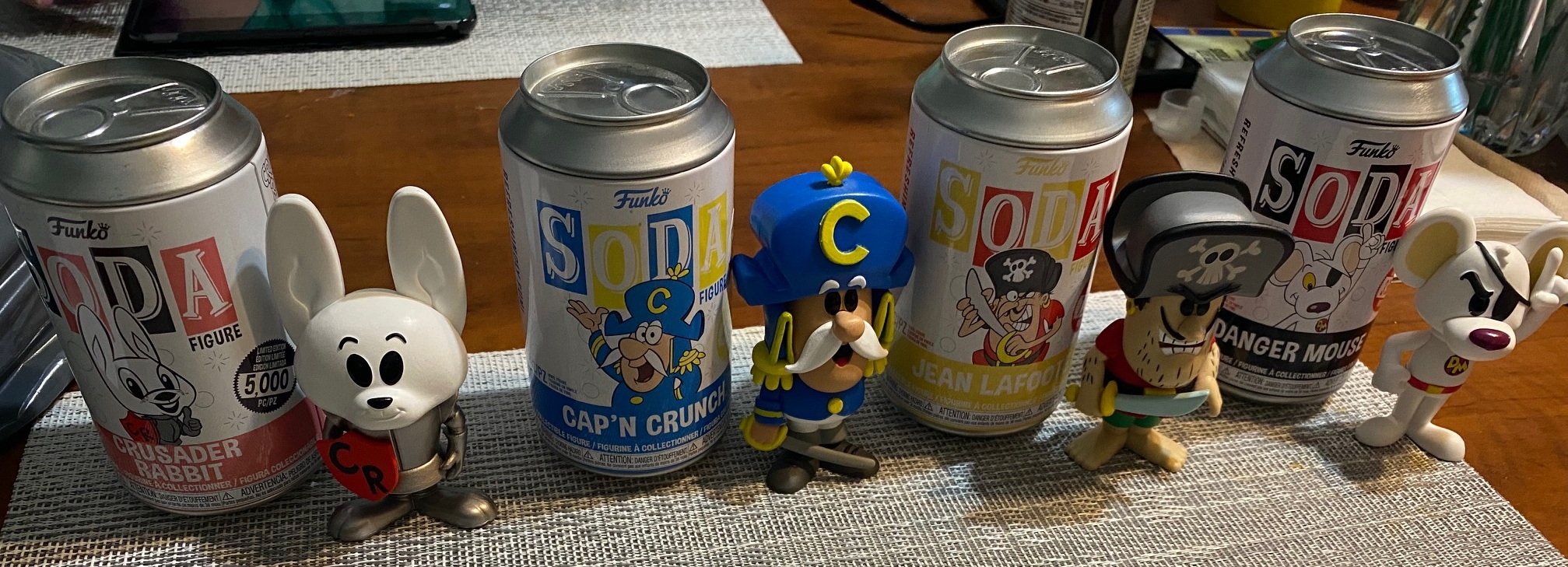

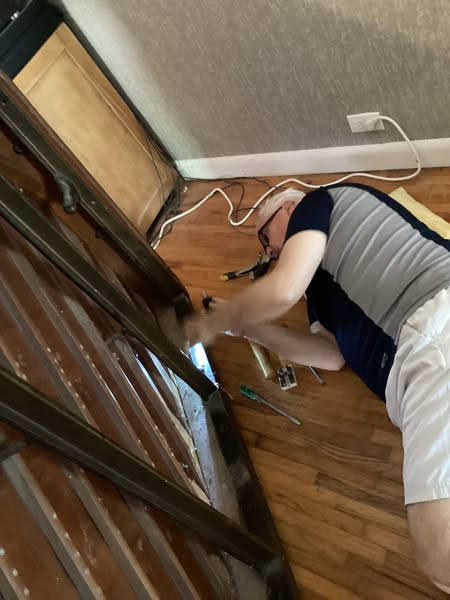
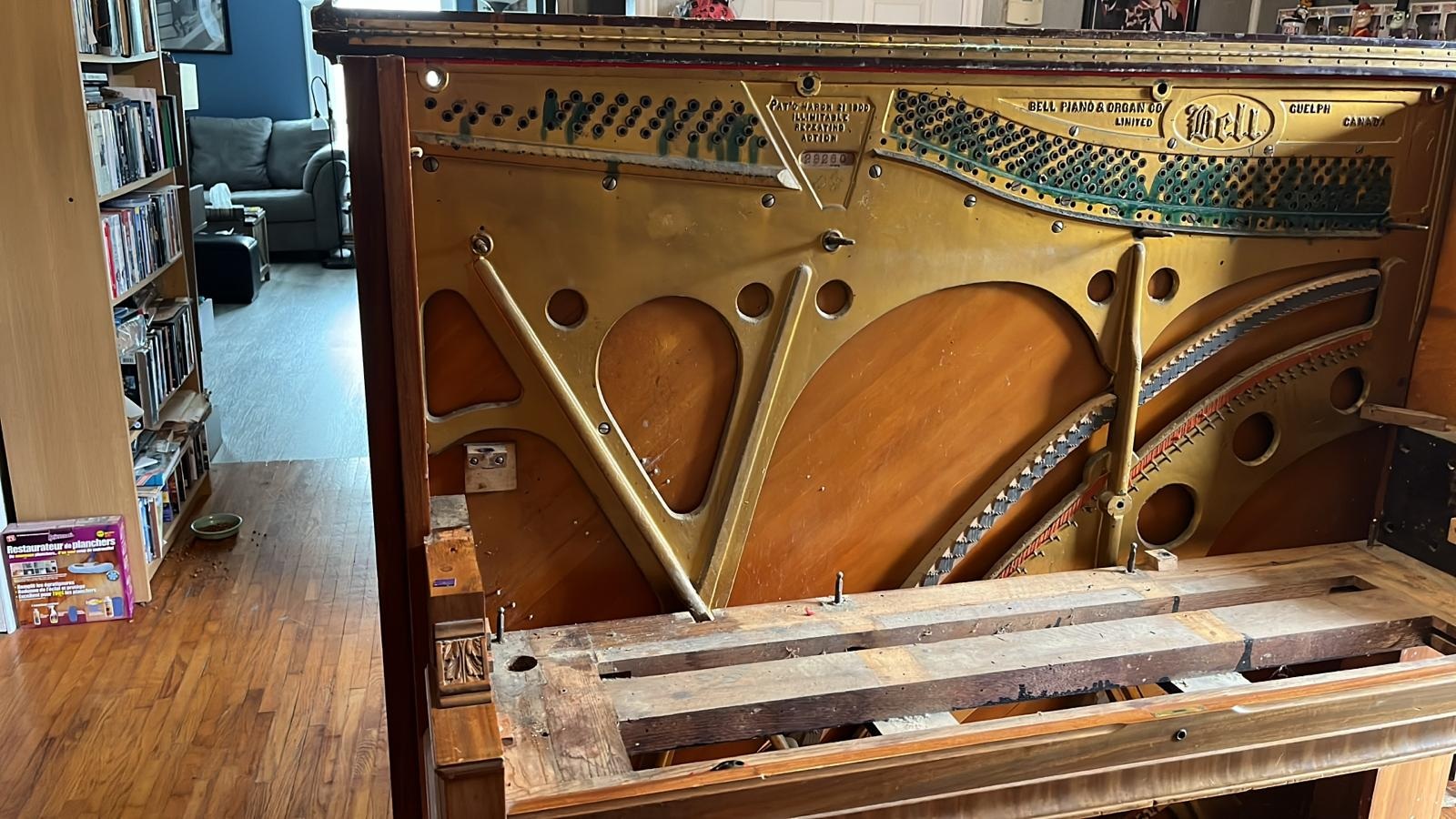
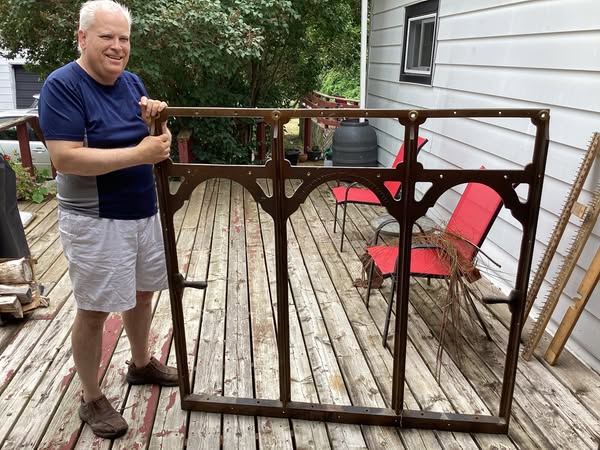
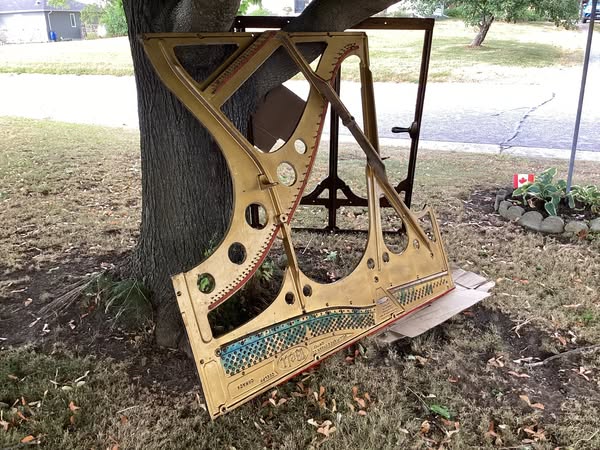
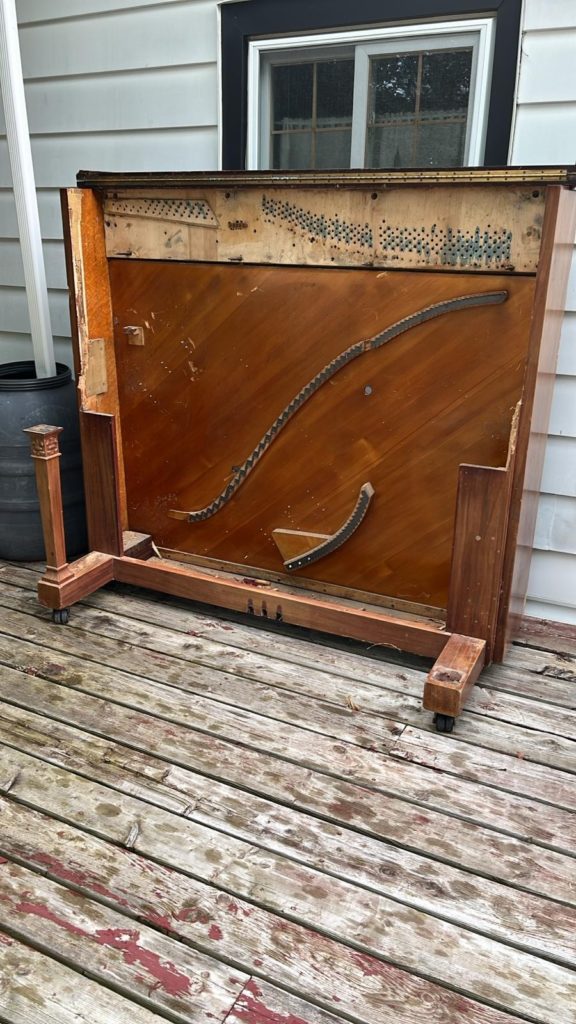


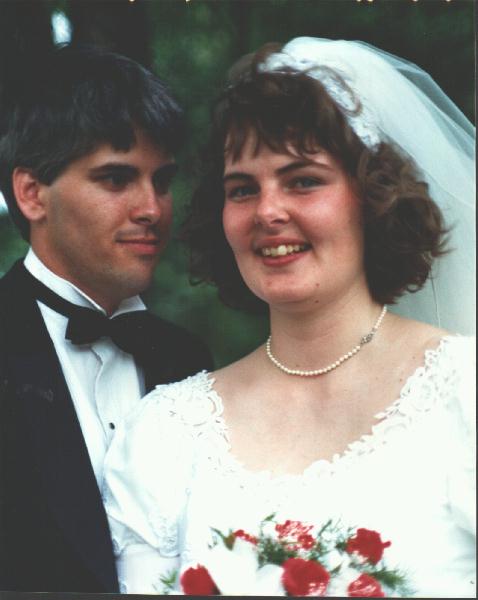
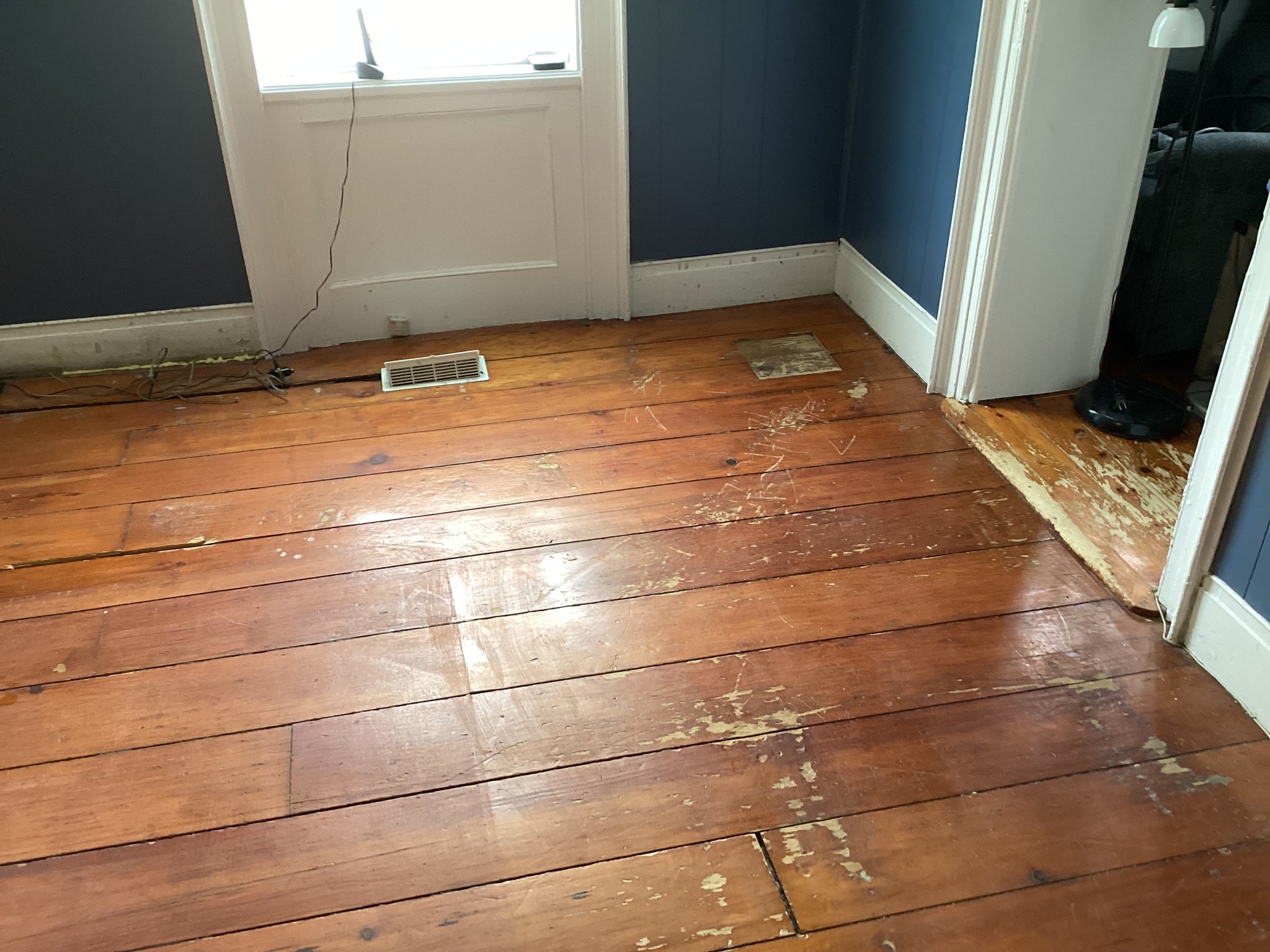
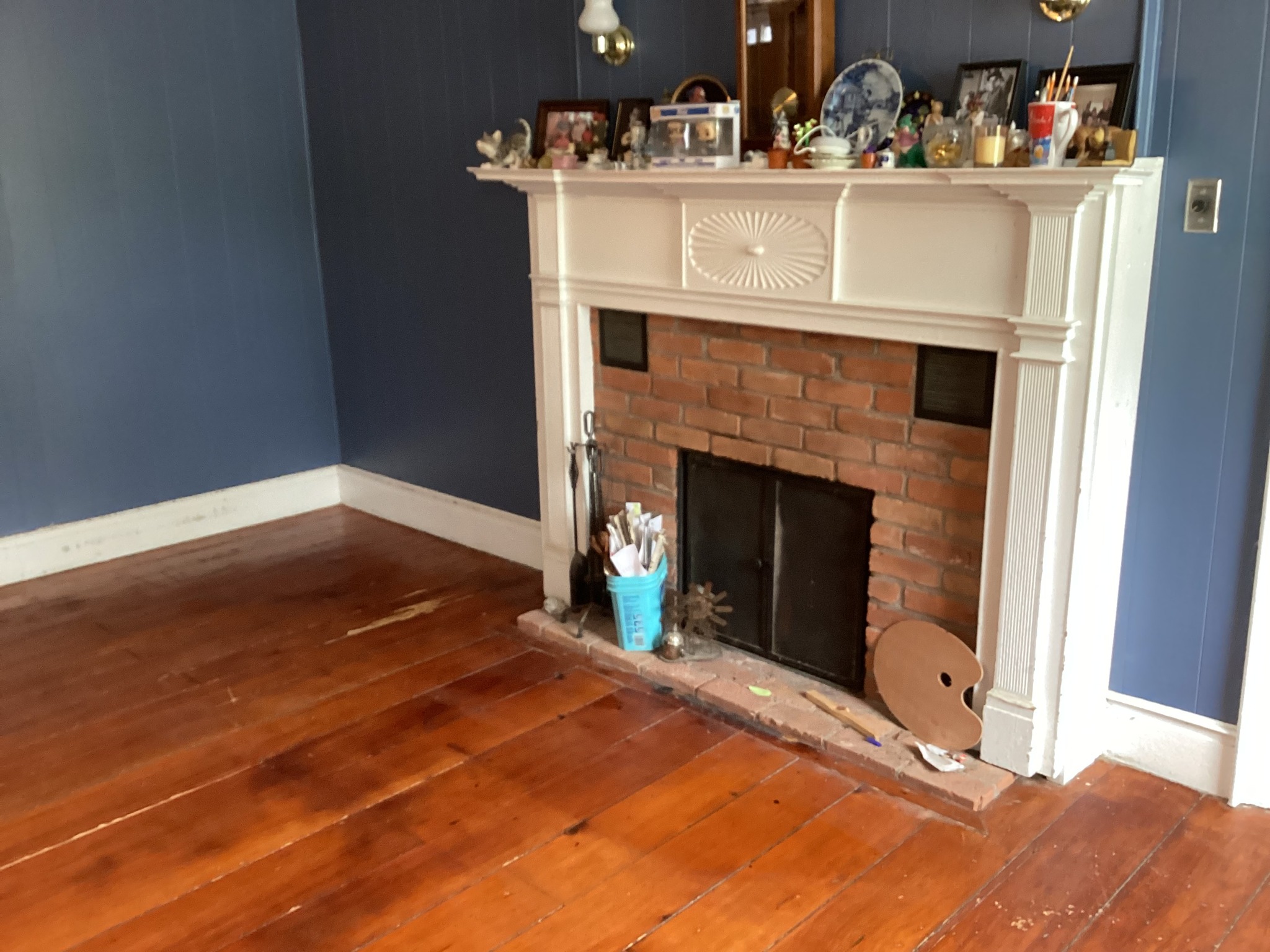

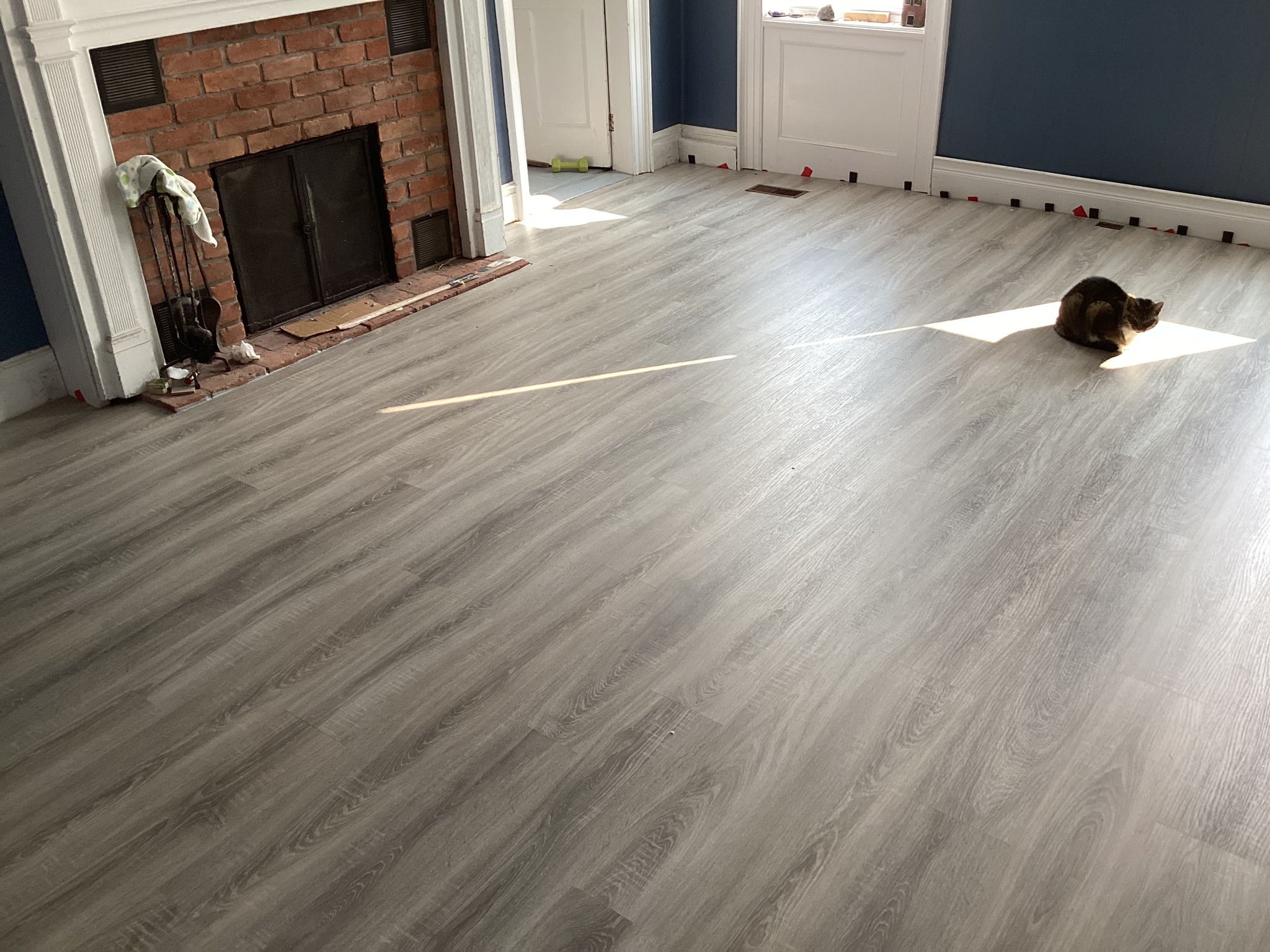


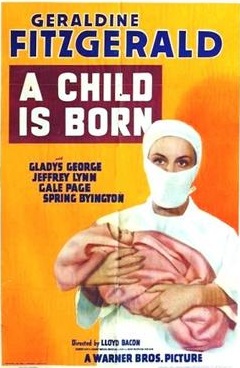


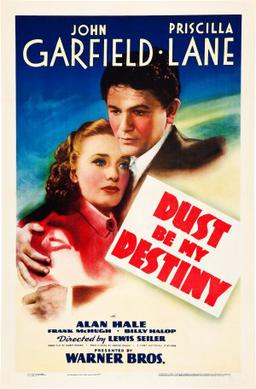








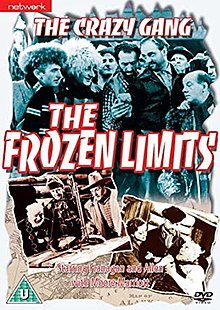







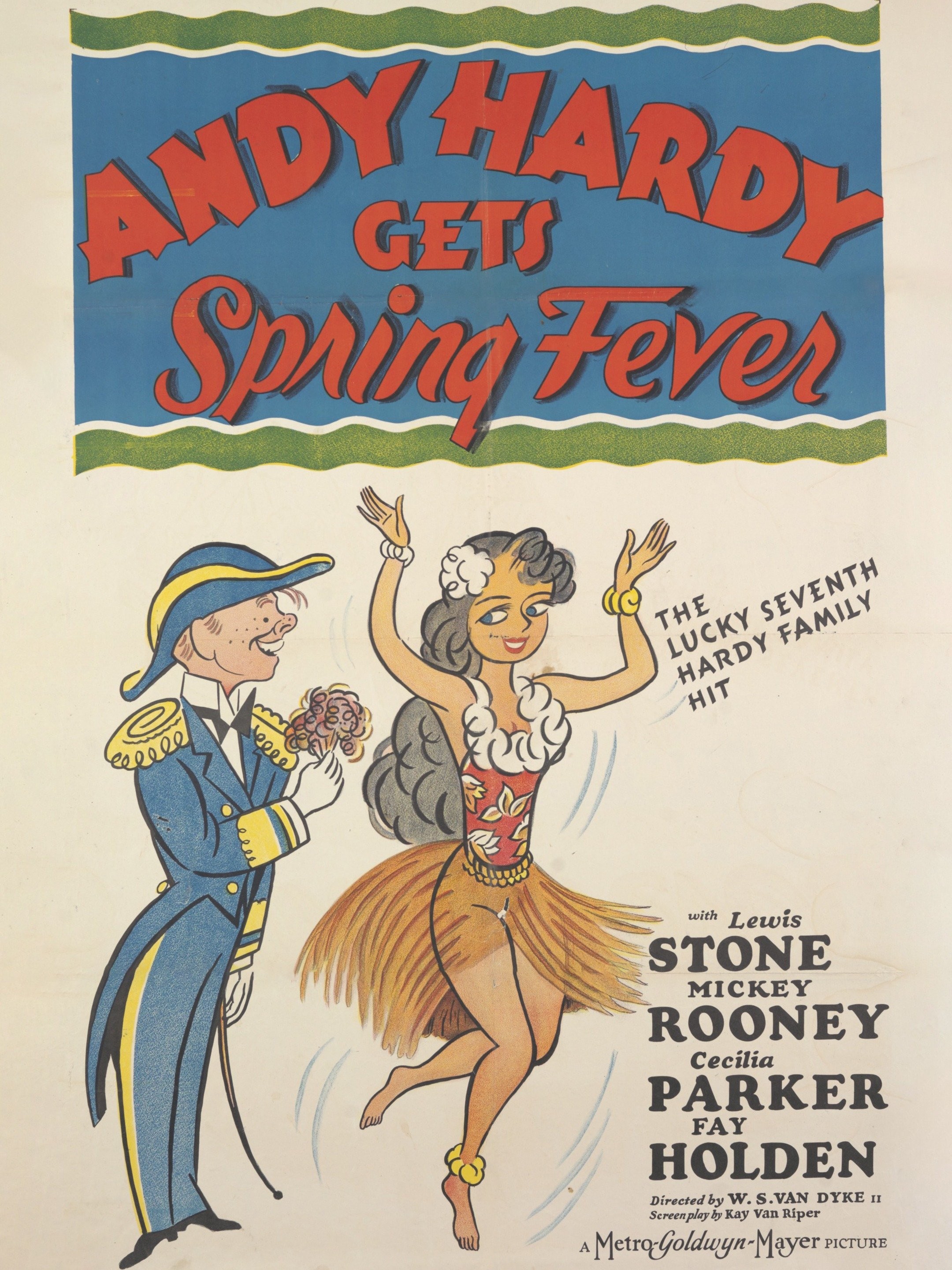

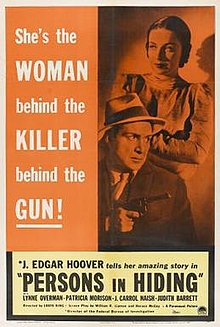


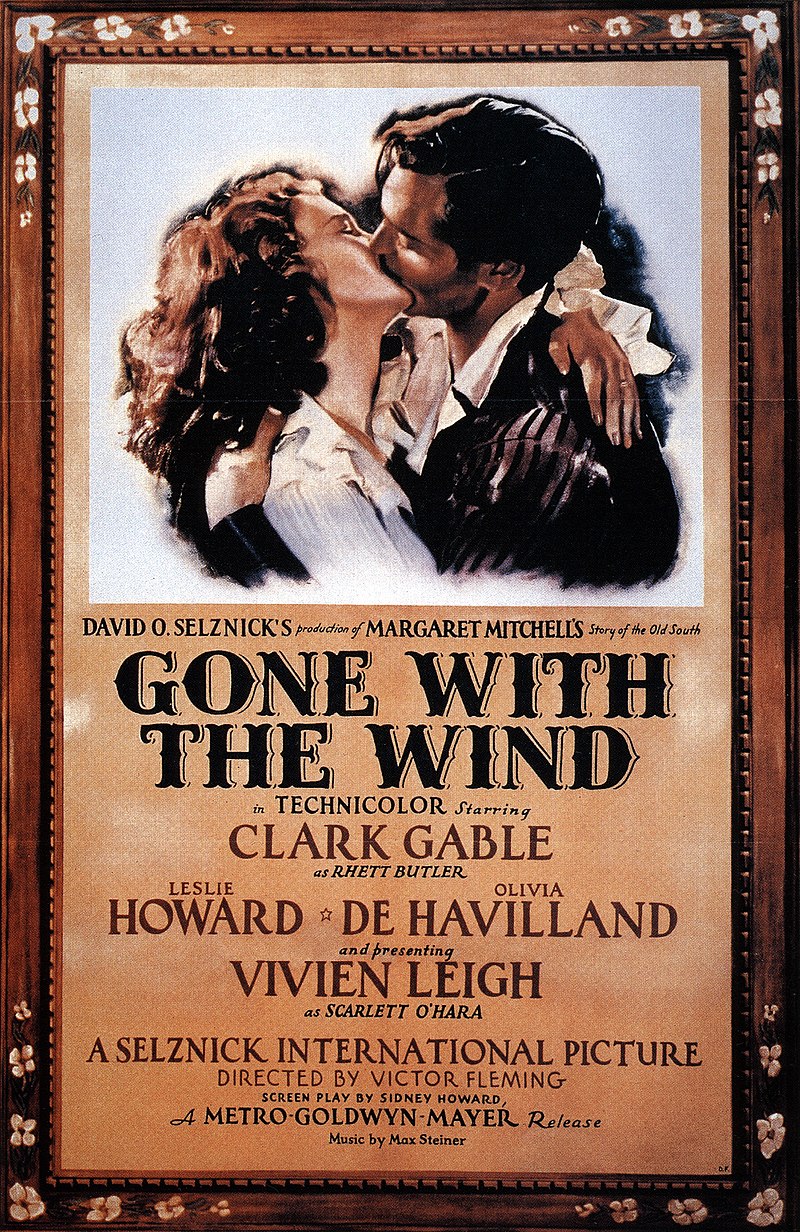




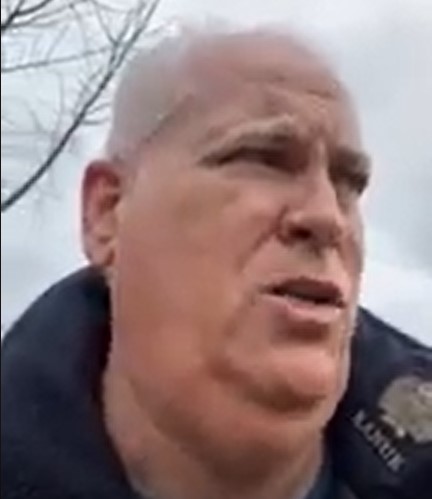
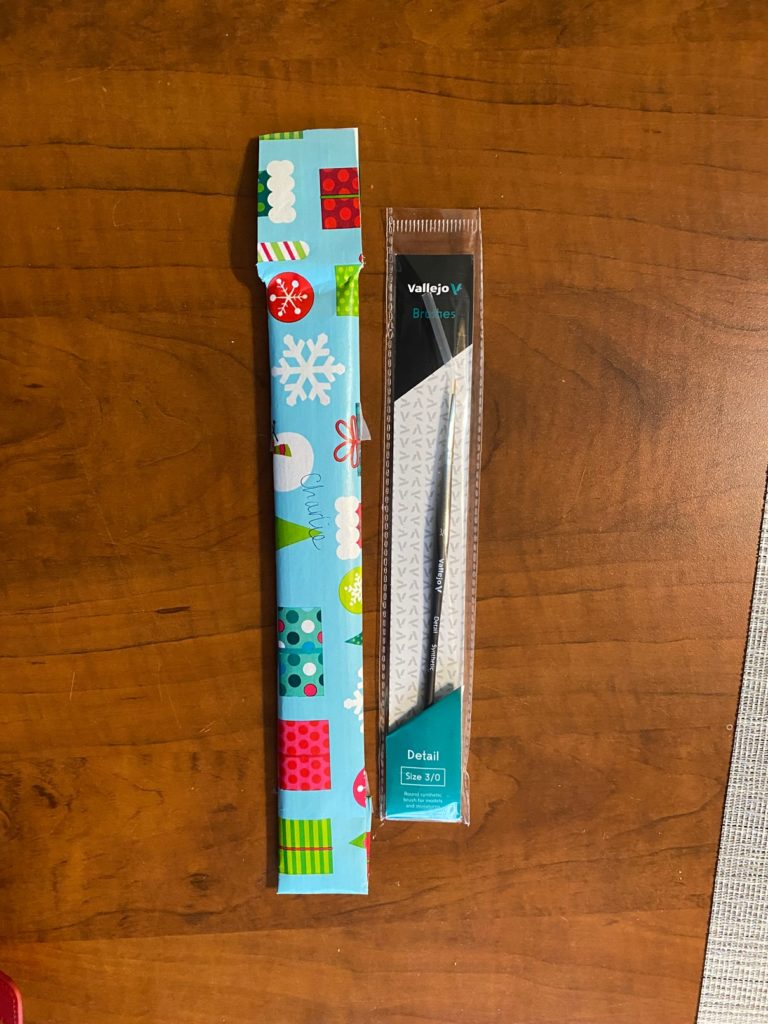
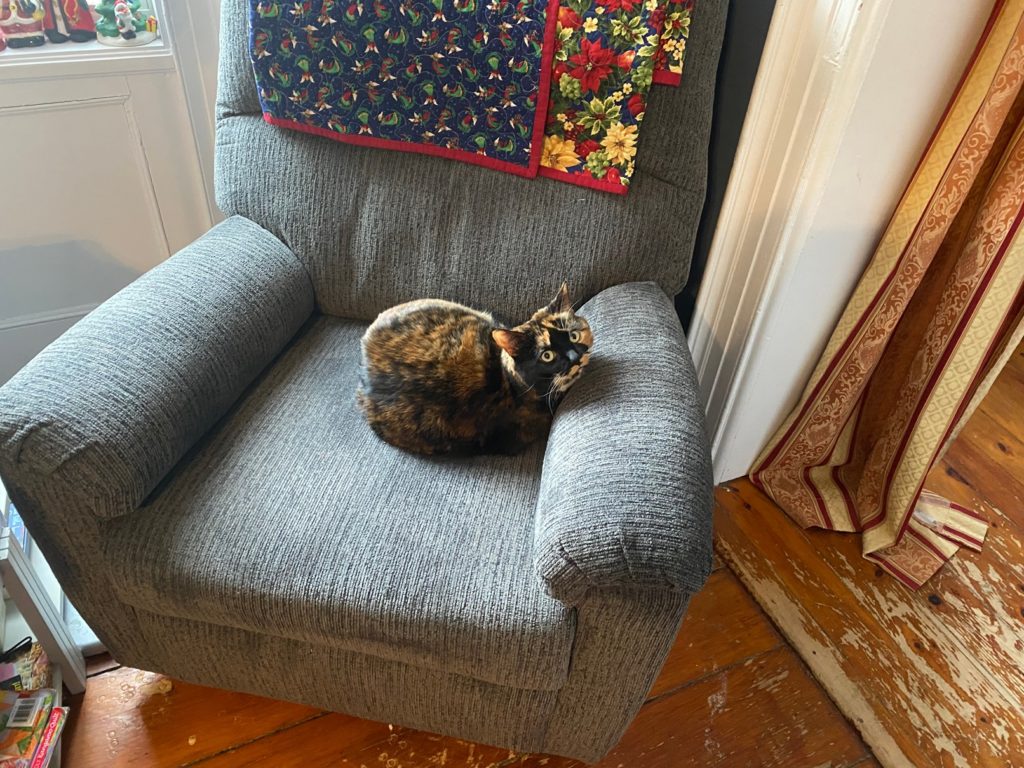
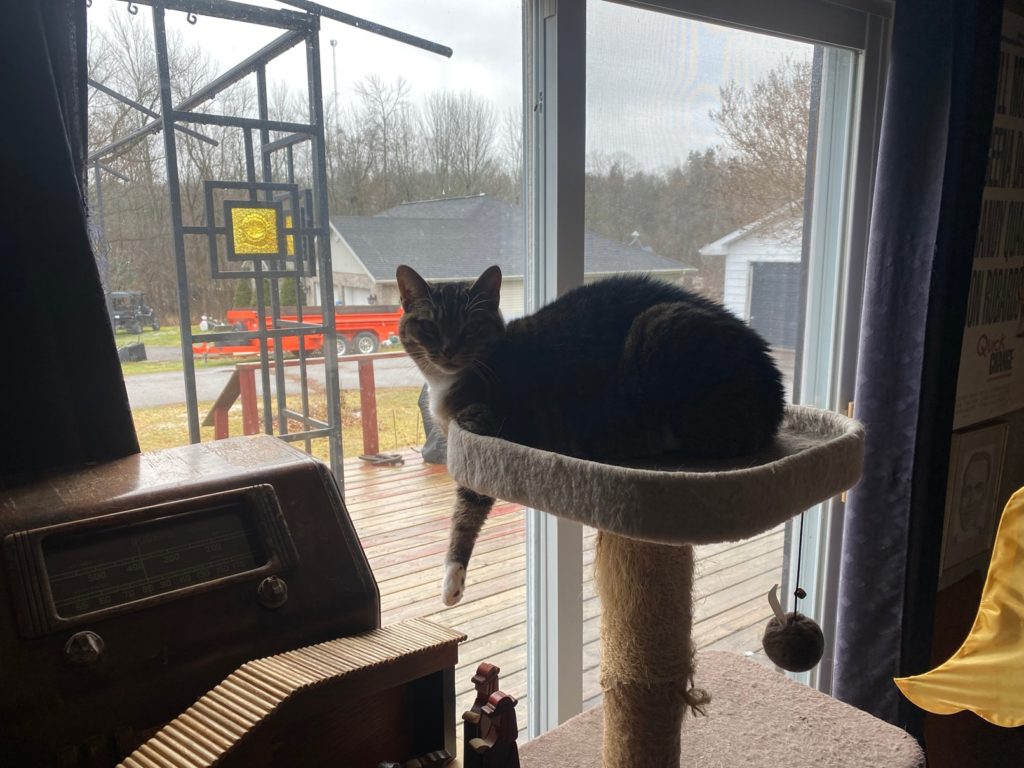
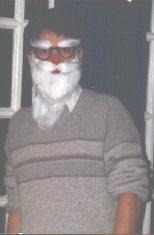
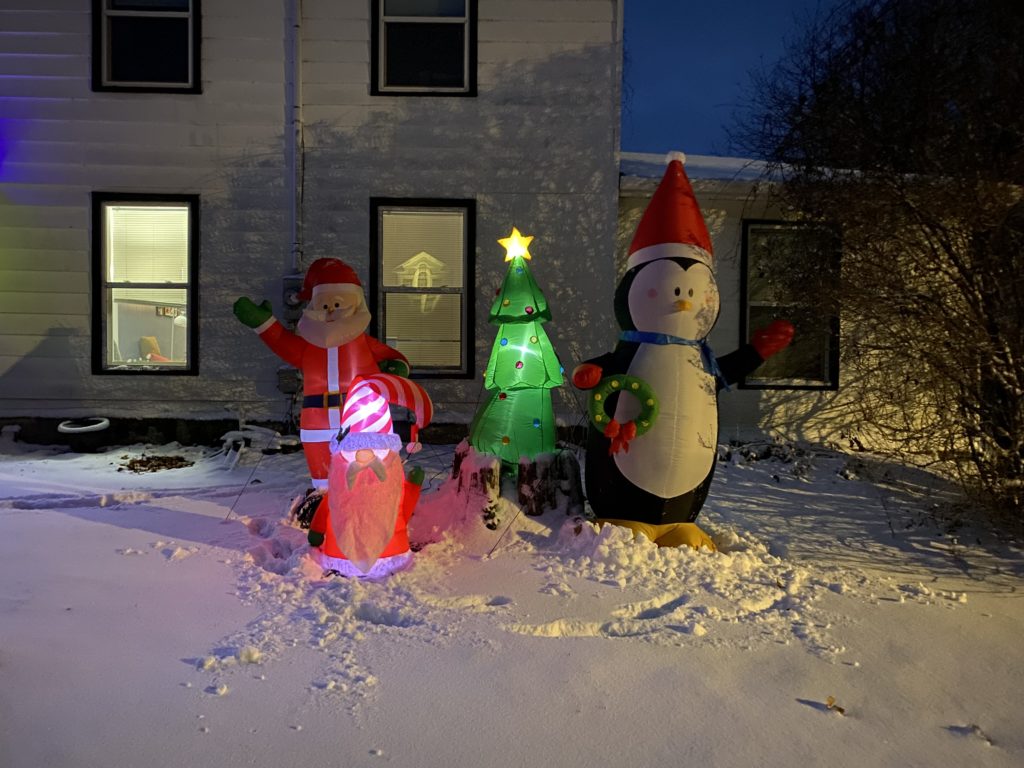
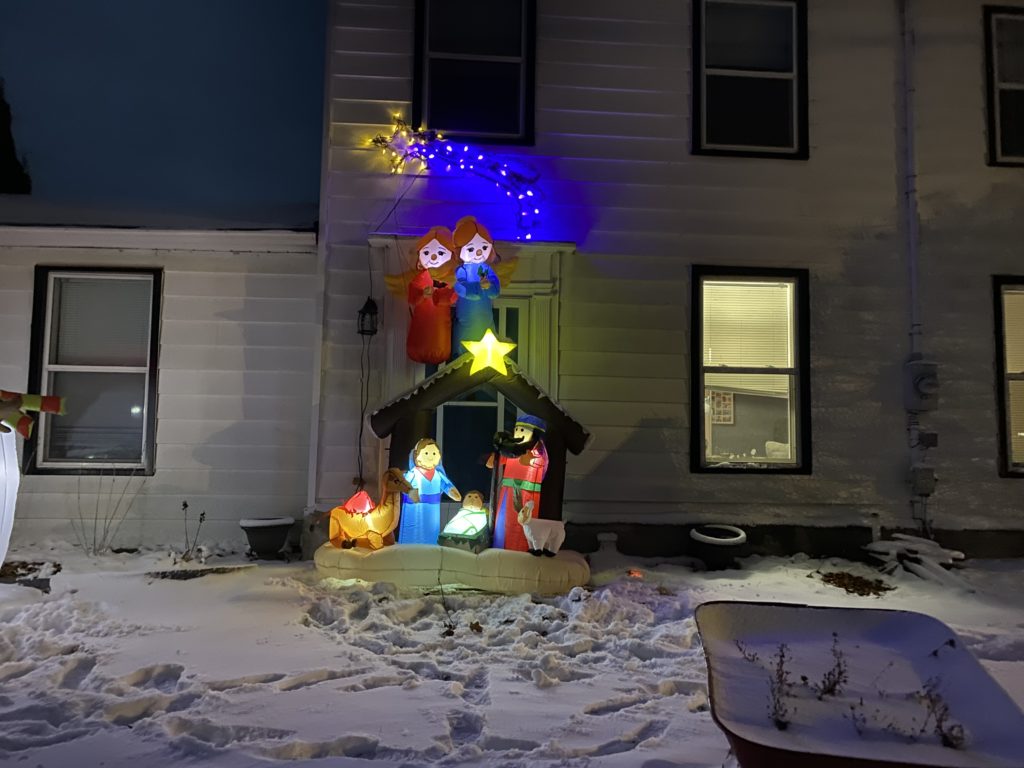
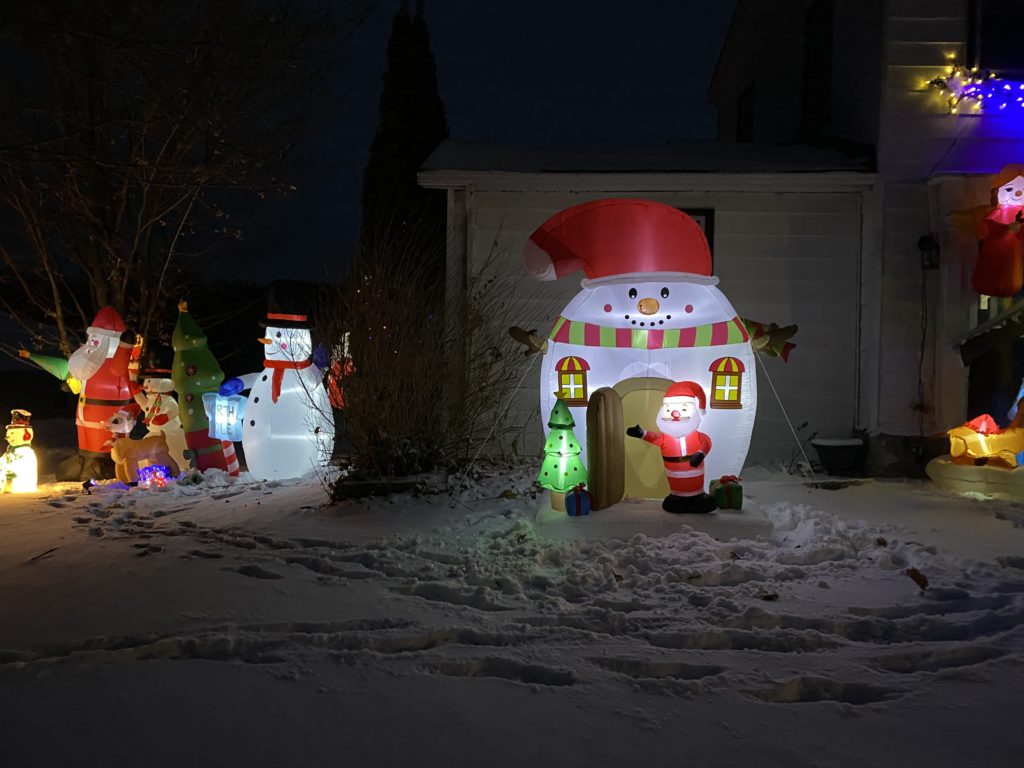


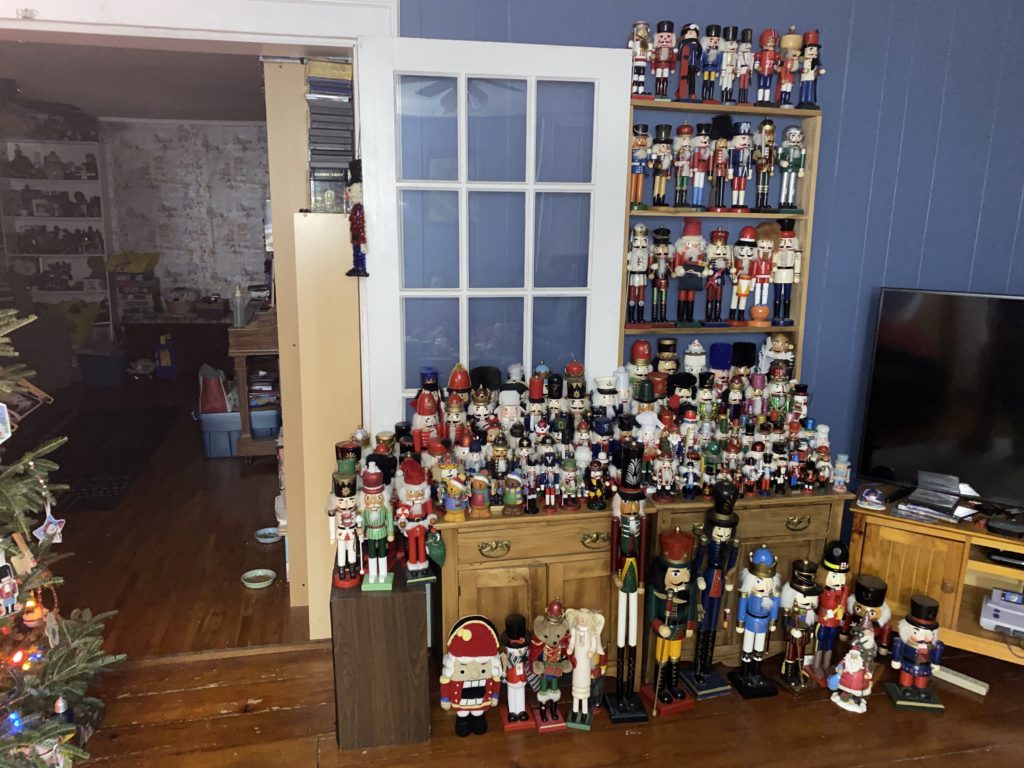
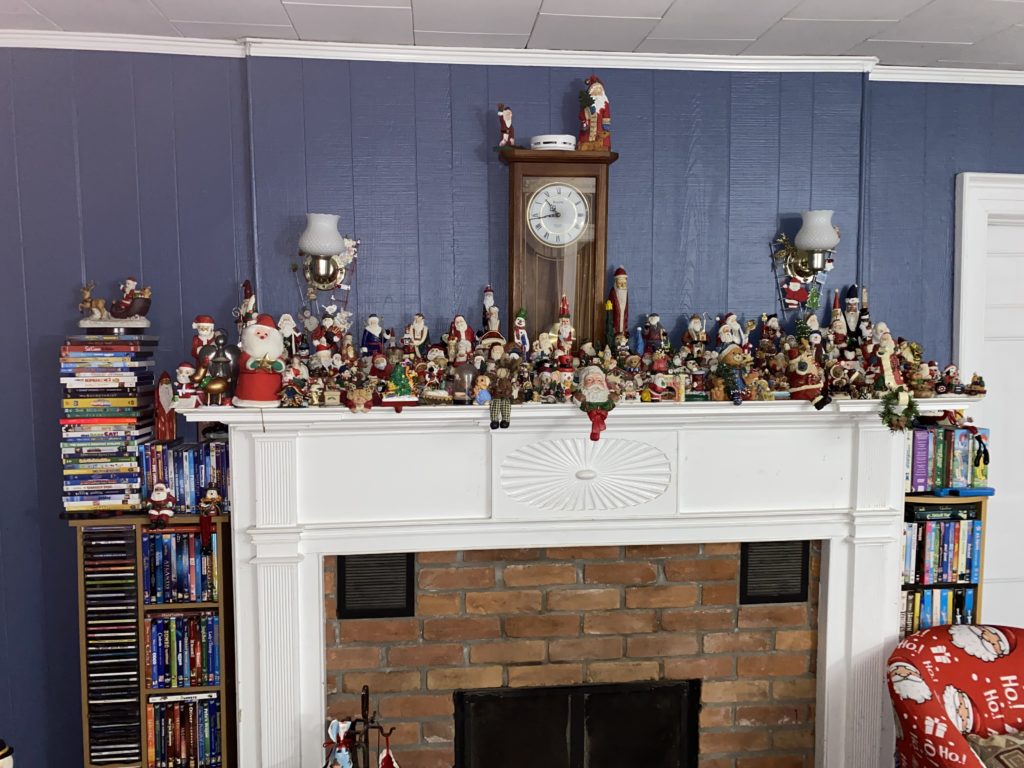





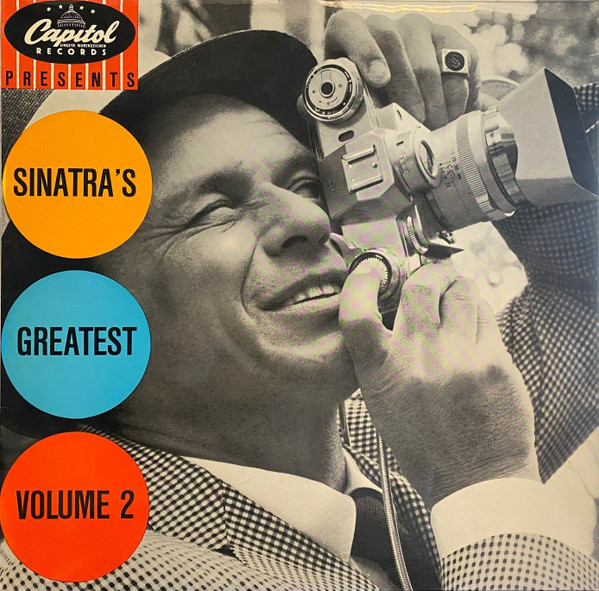
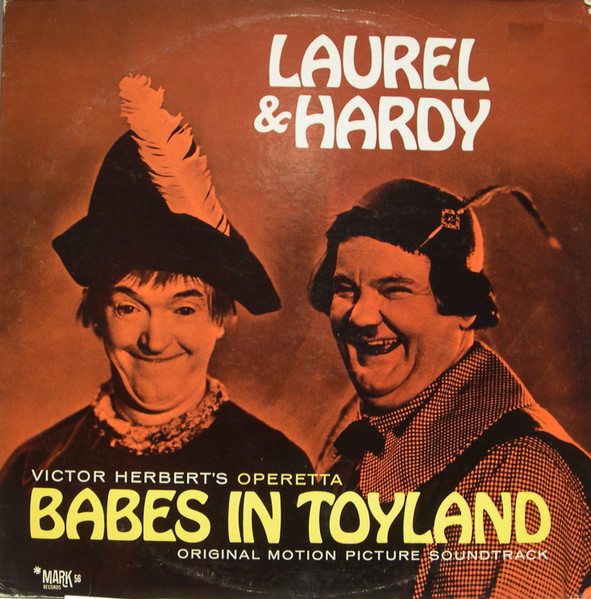
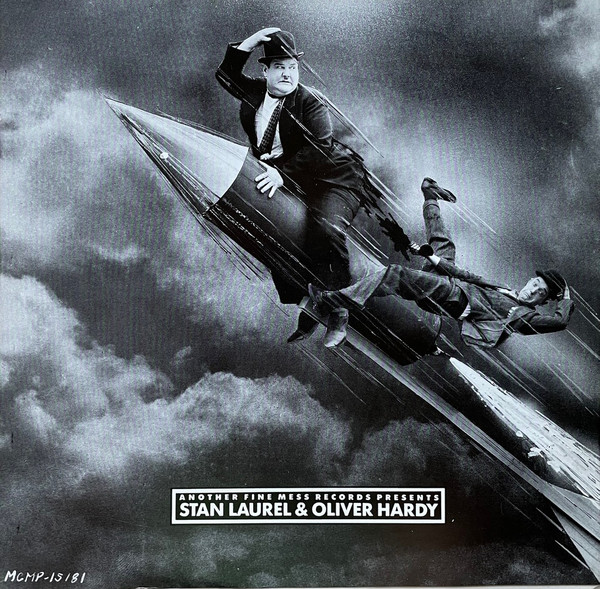
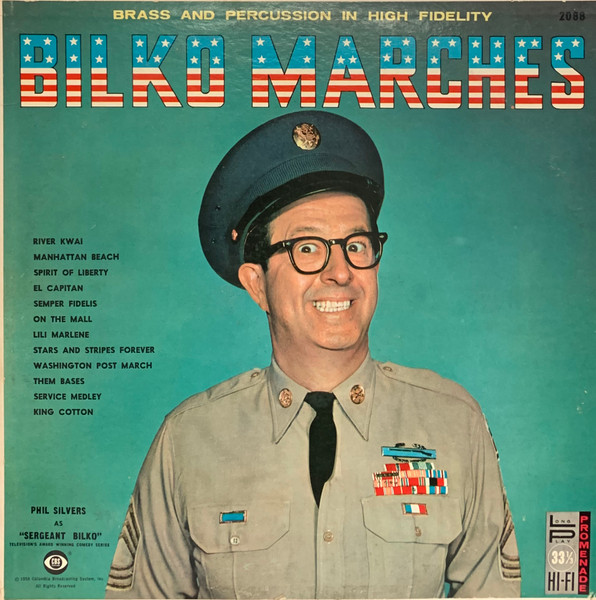

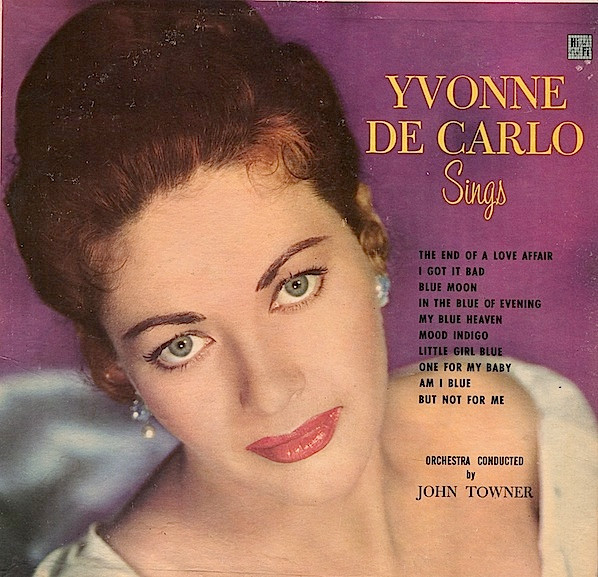

:format(jpeg):mode_rgb():quality(90)/discogs-images/R-4637330-1614525547-6019.jpeg.jpg)
:format(jpeg):mode_rgb():quality(90)/discogs-images/R-6975811-1430809108-7644.jpeg.jpg)
:format(jpeg):mode_rgb():quality(90)/discogs-images/R-8656070-1527690267-9225.jpeg.jpg)

